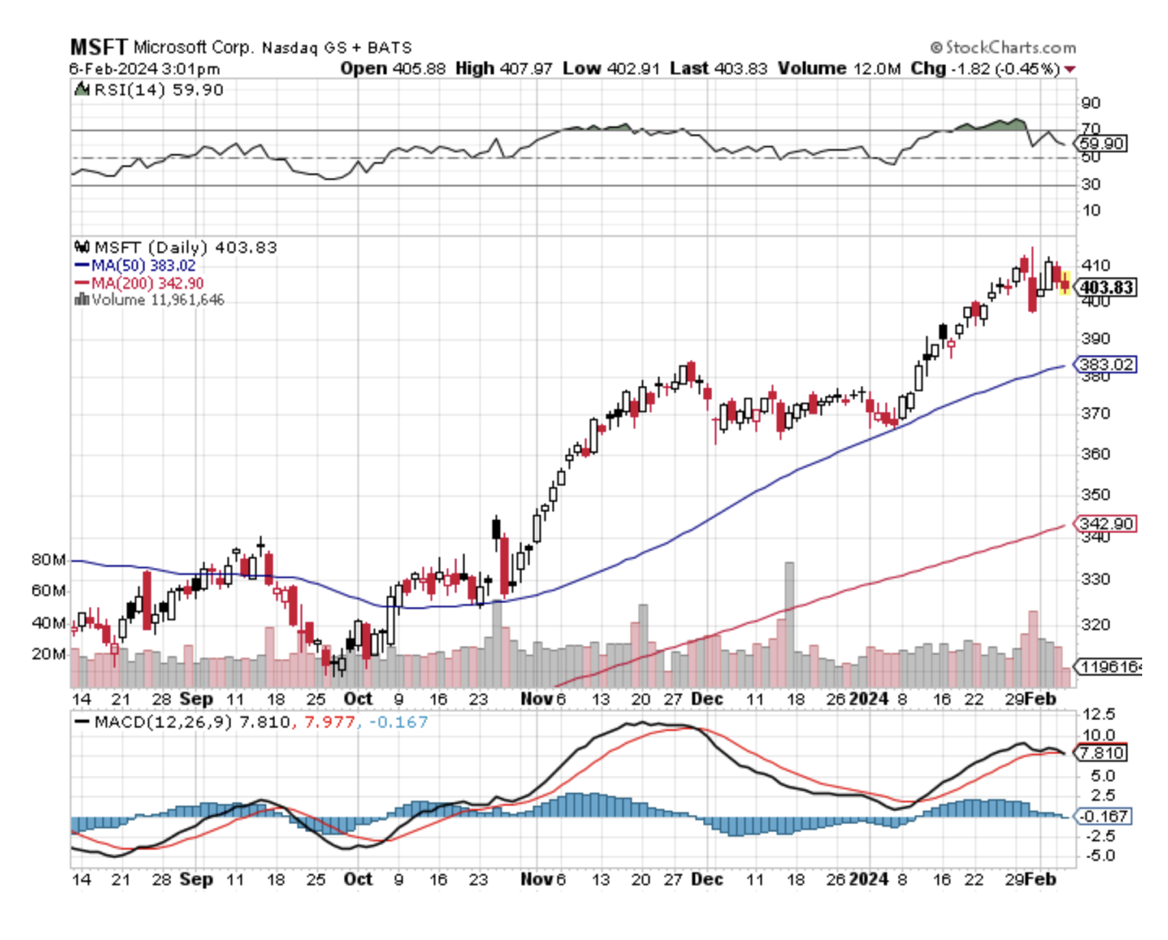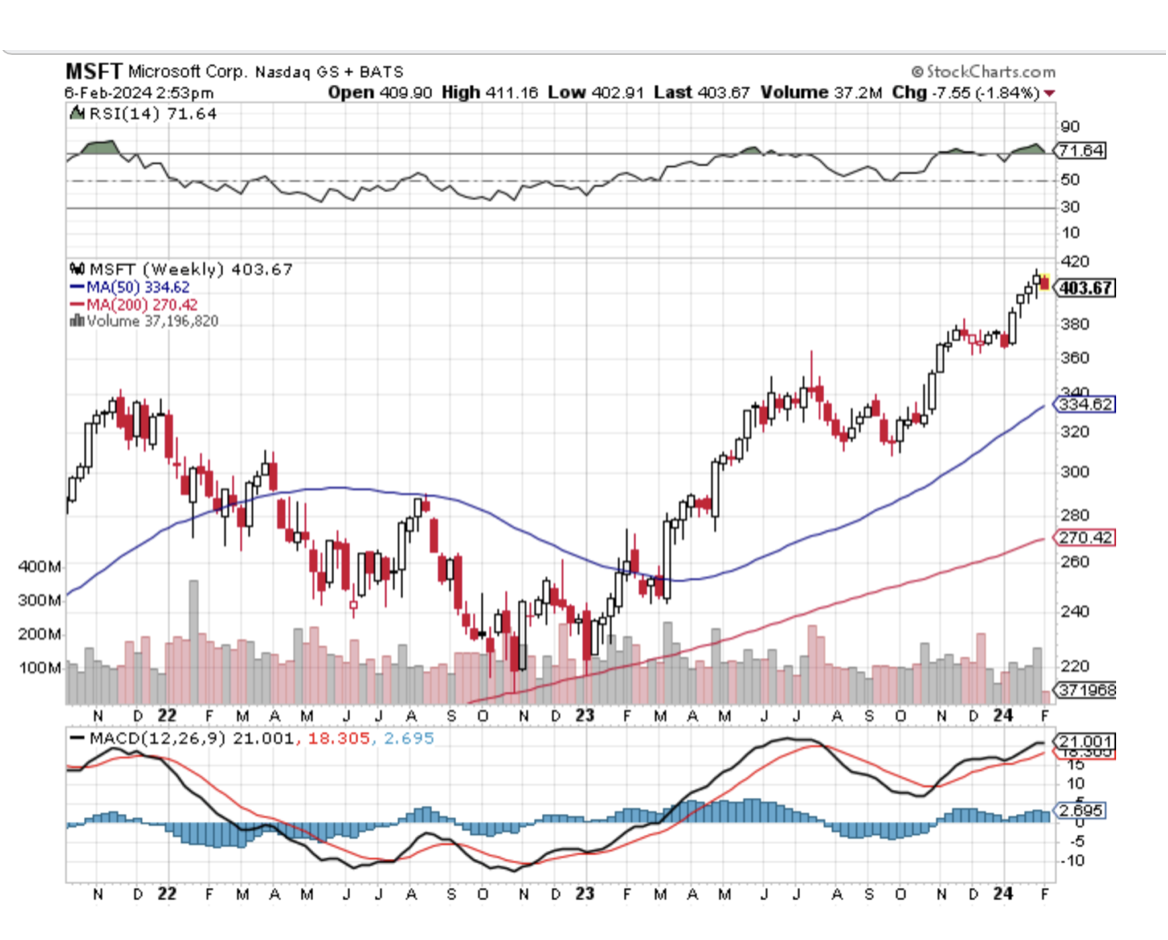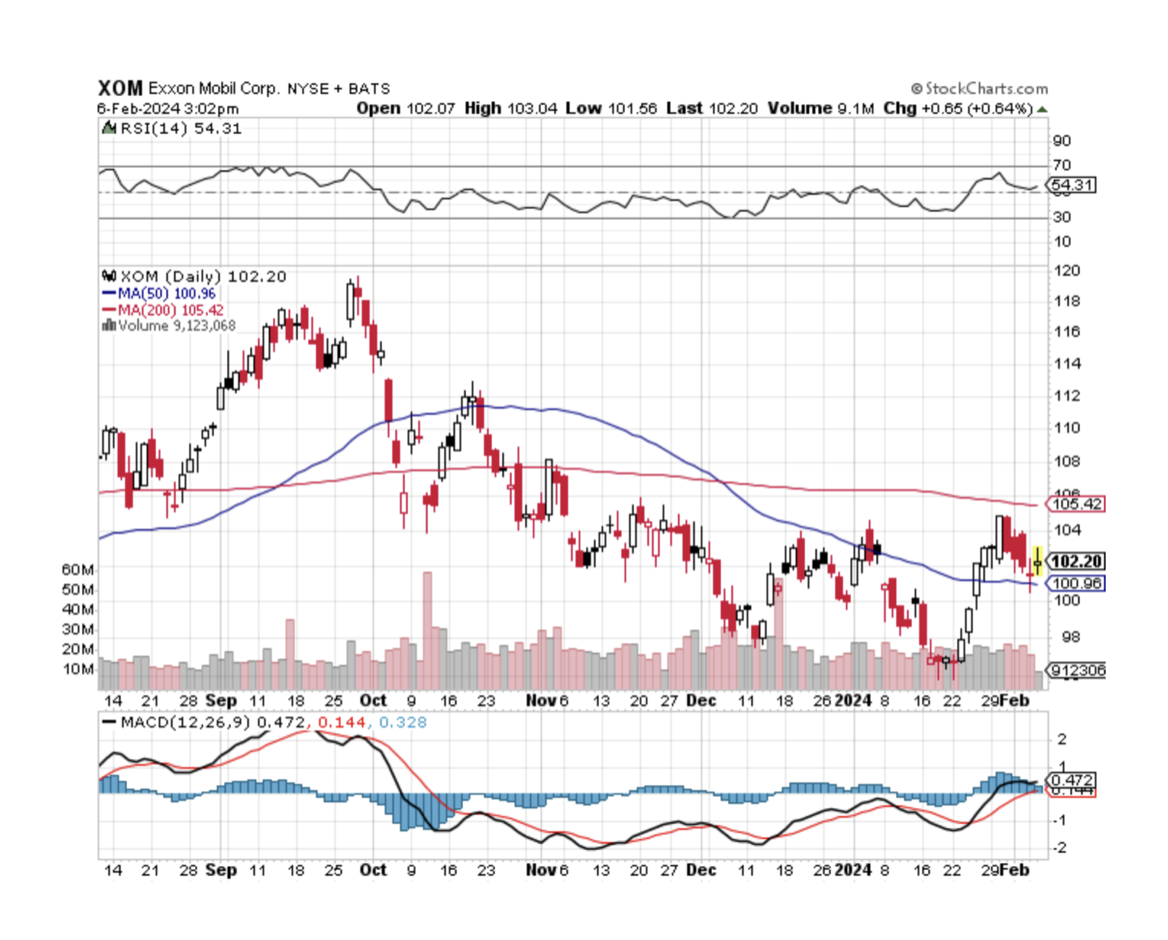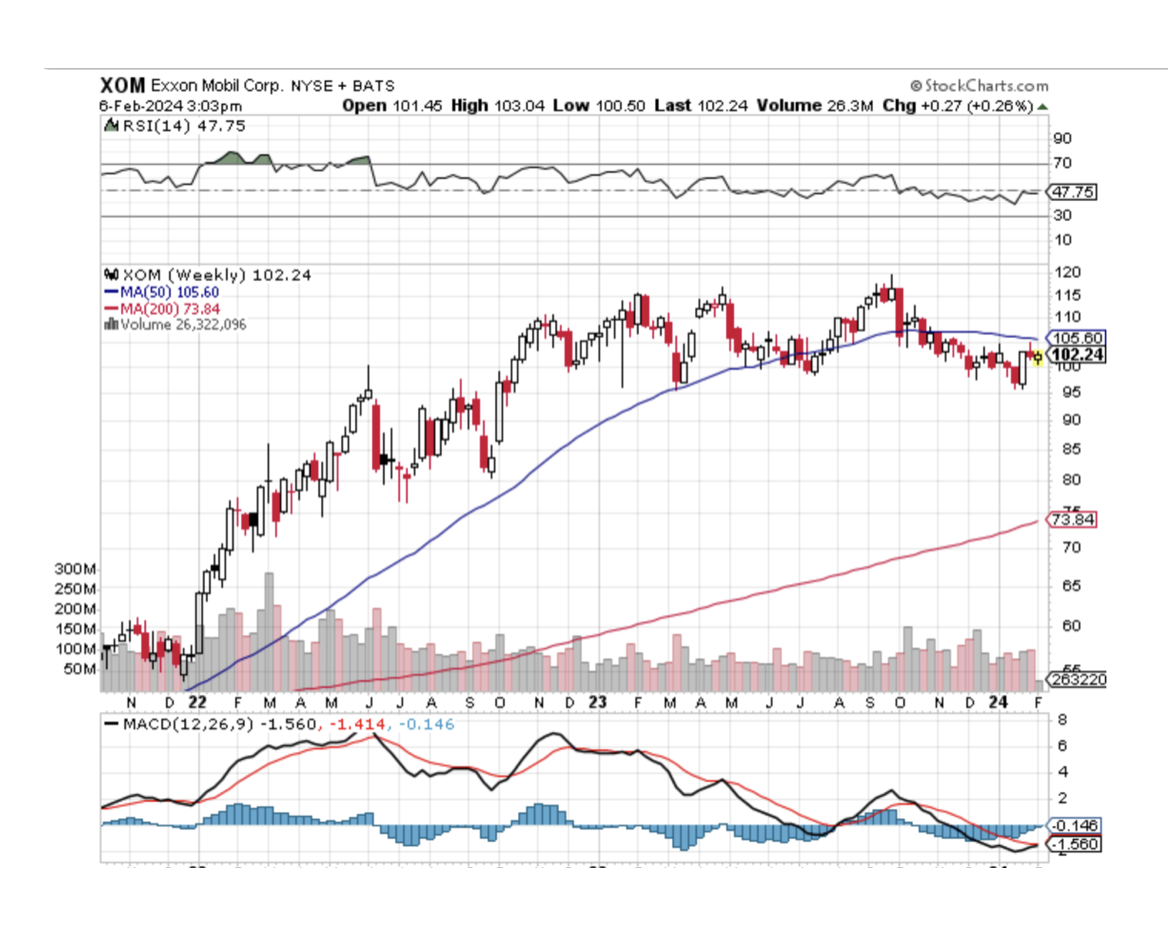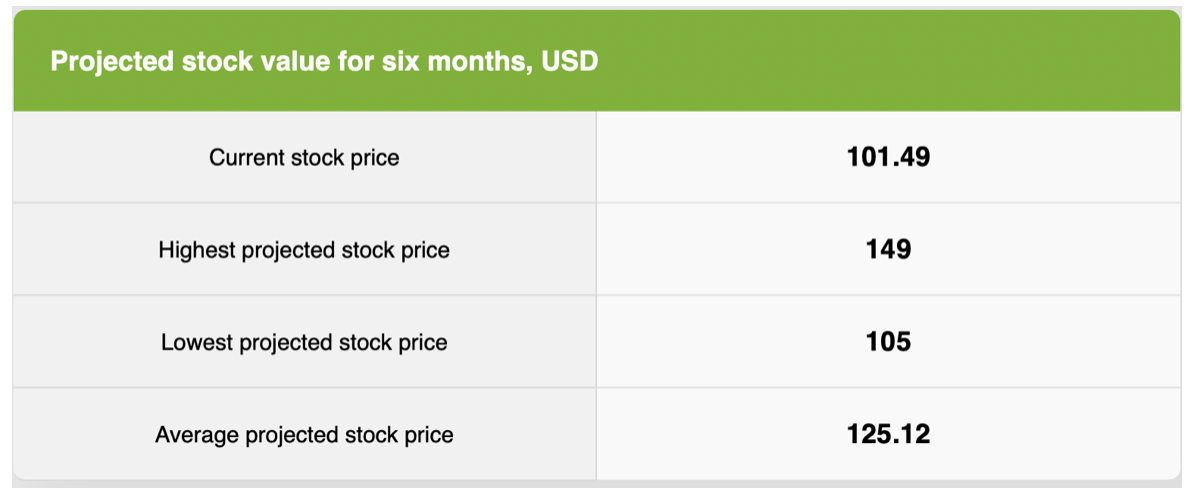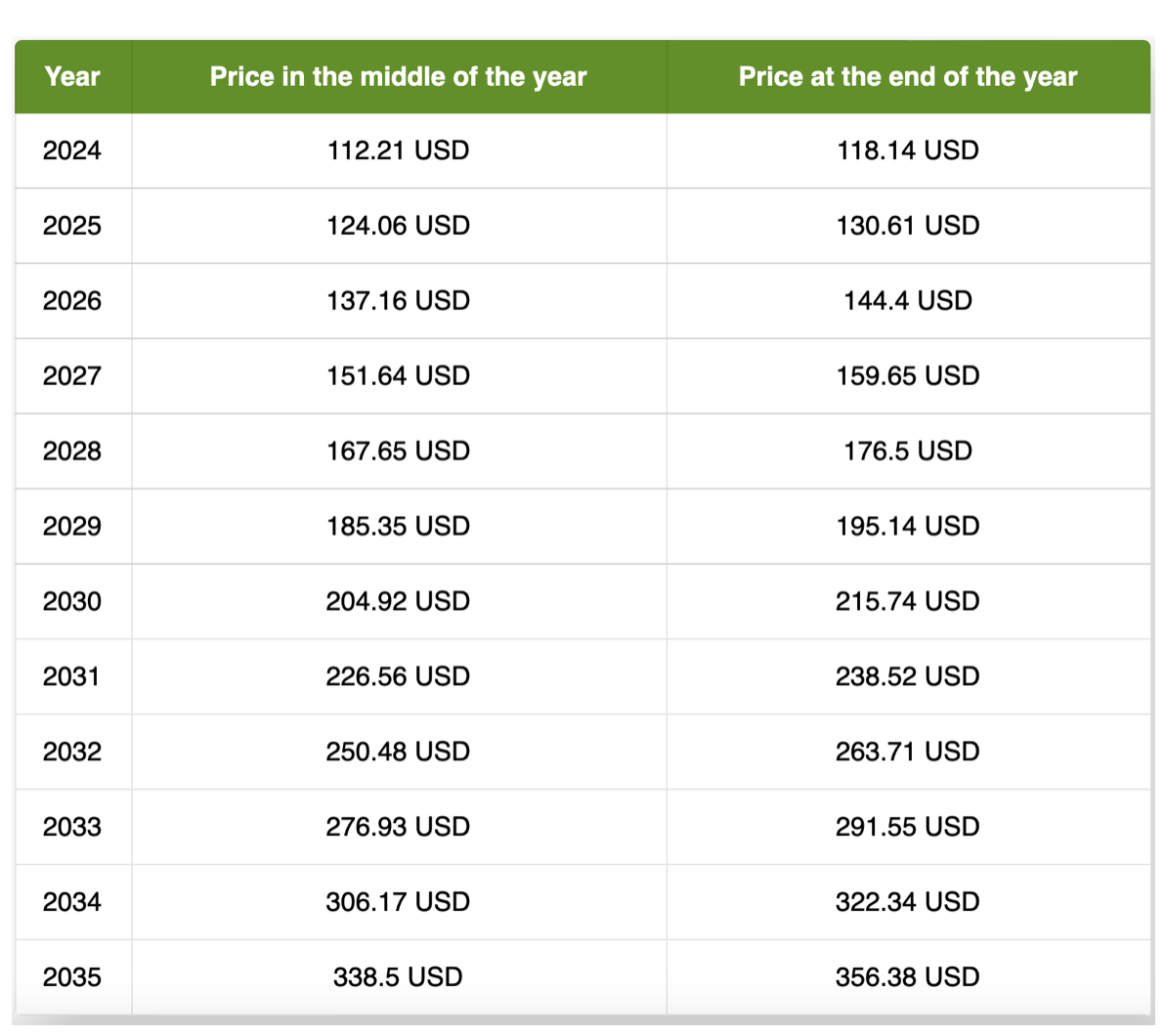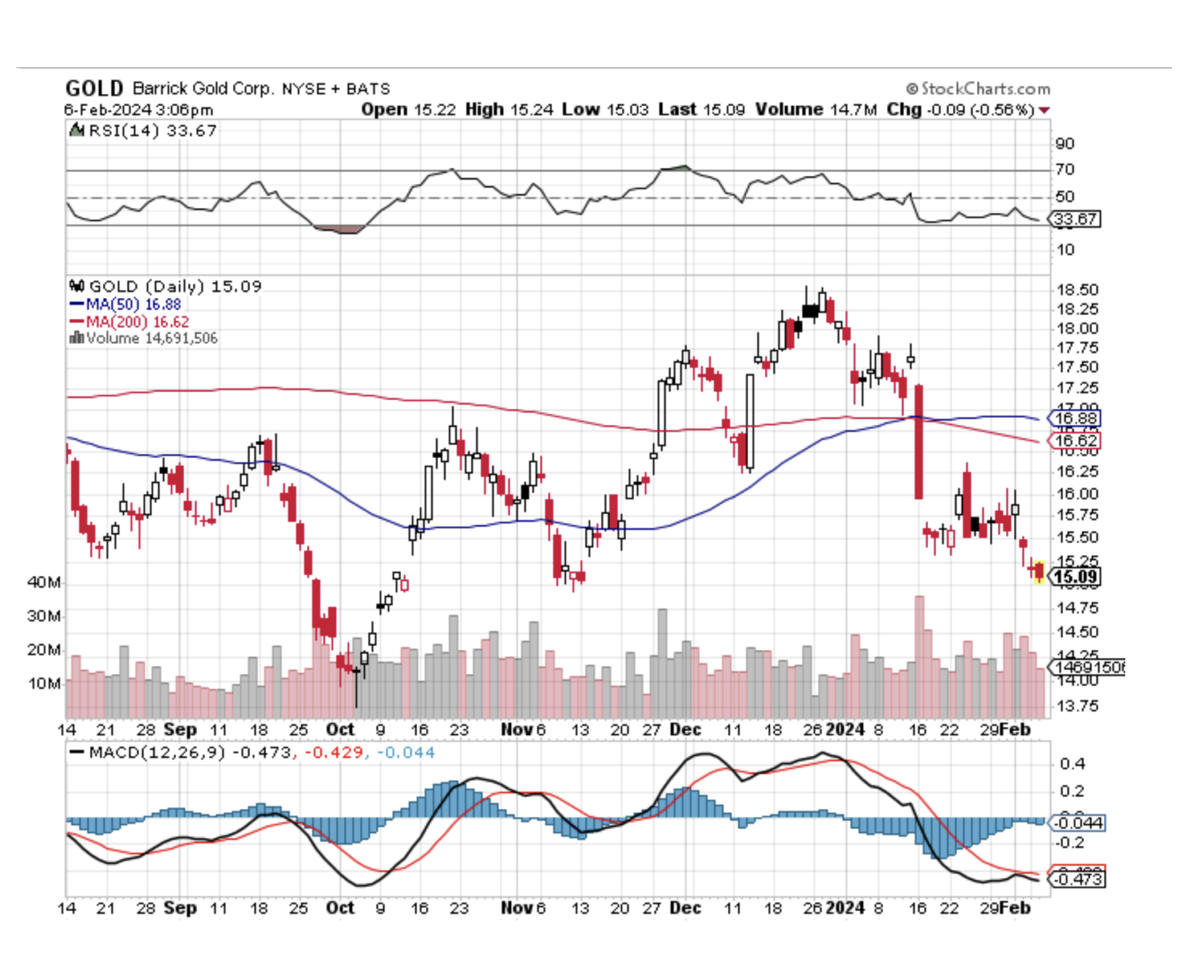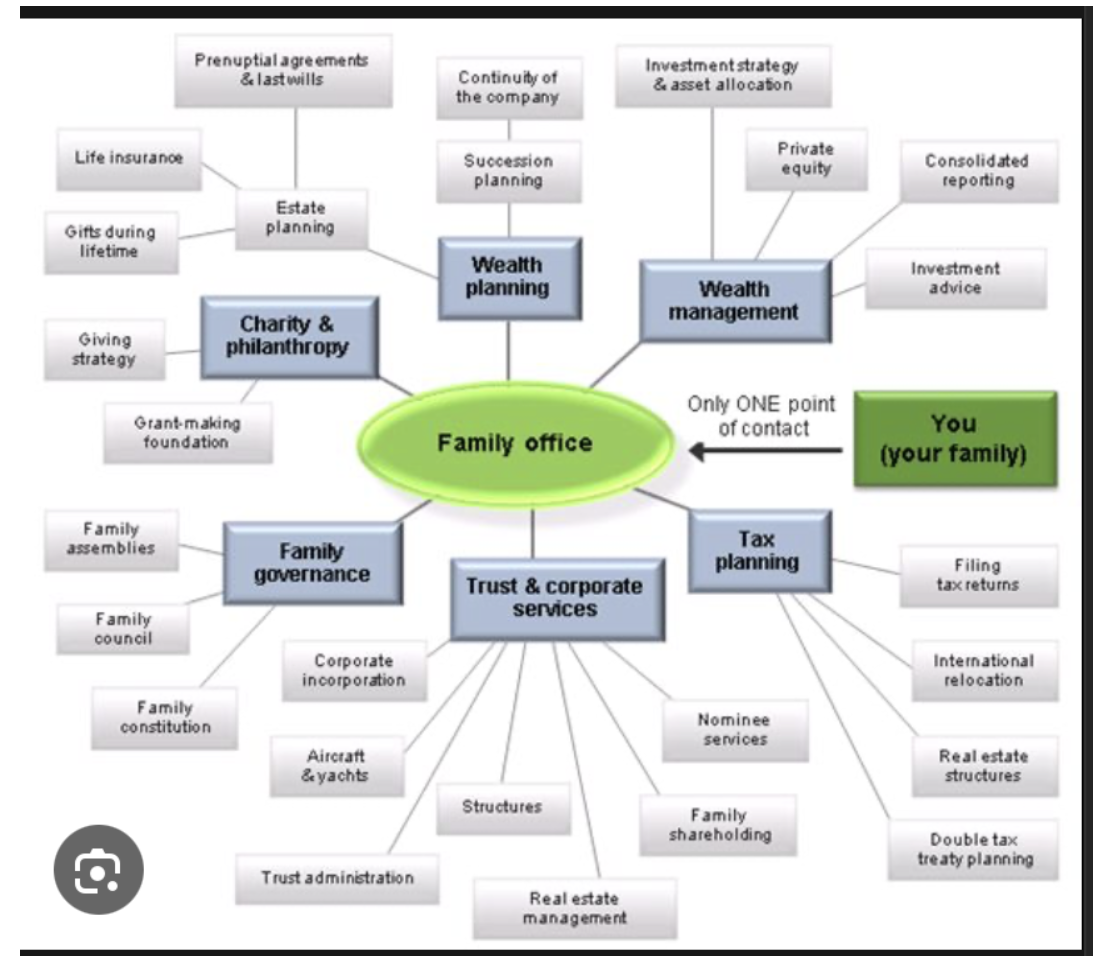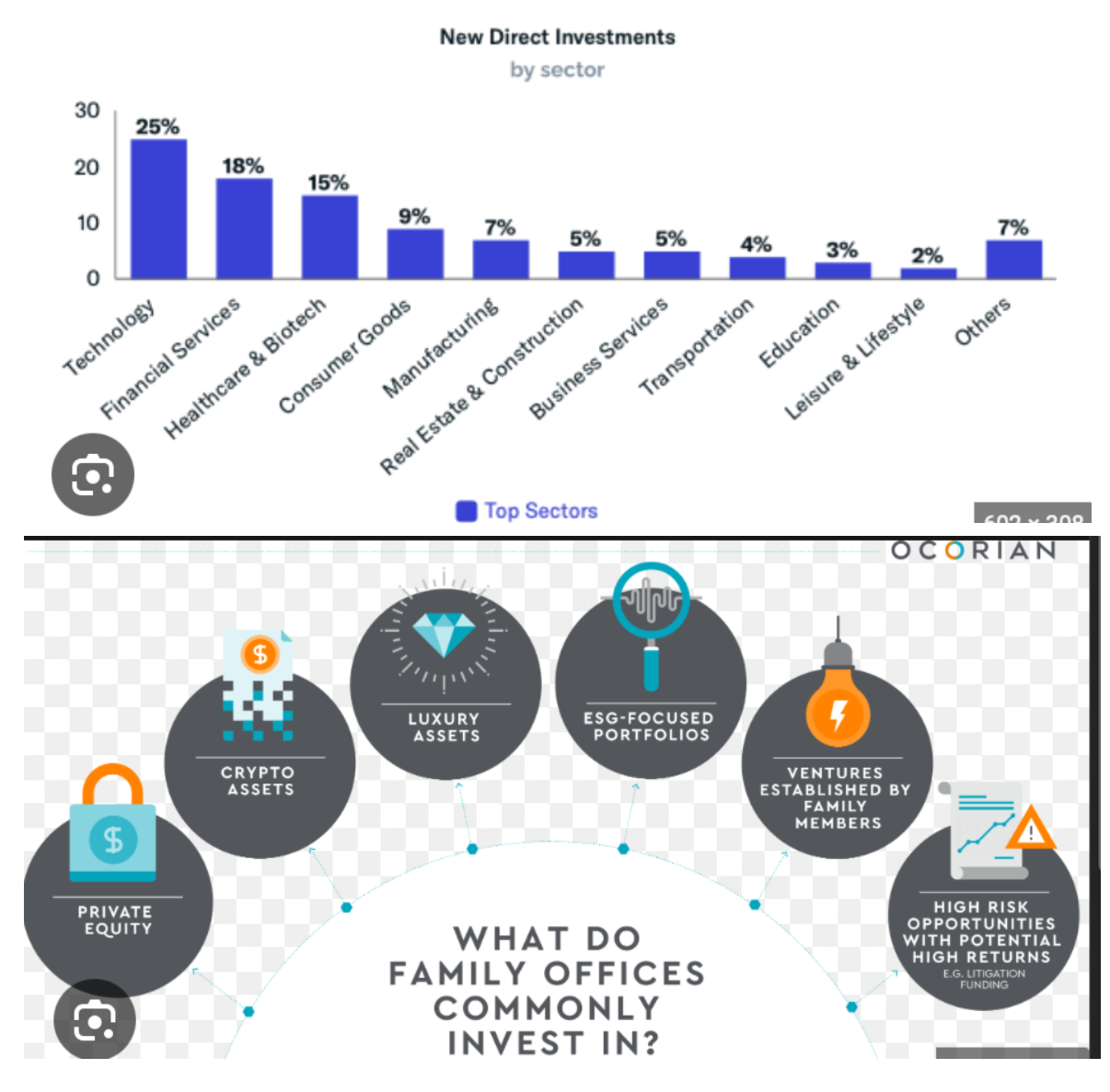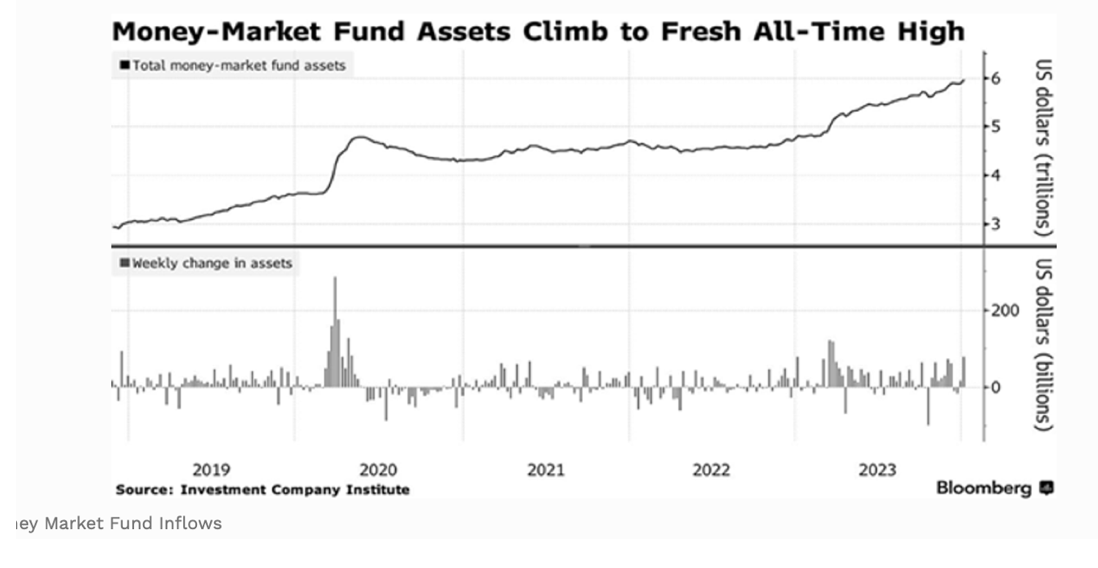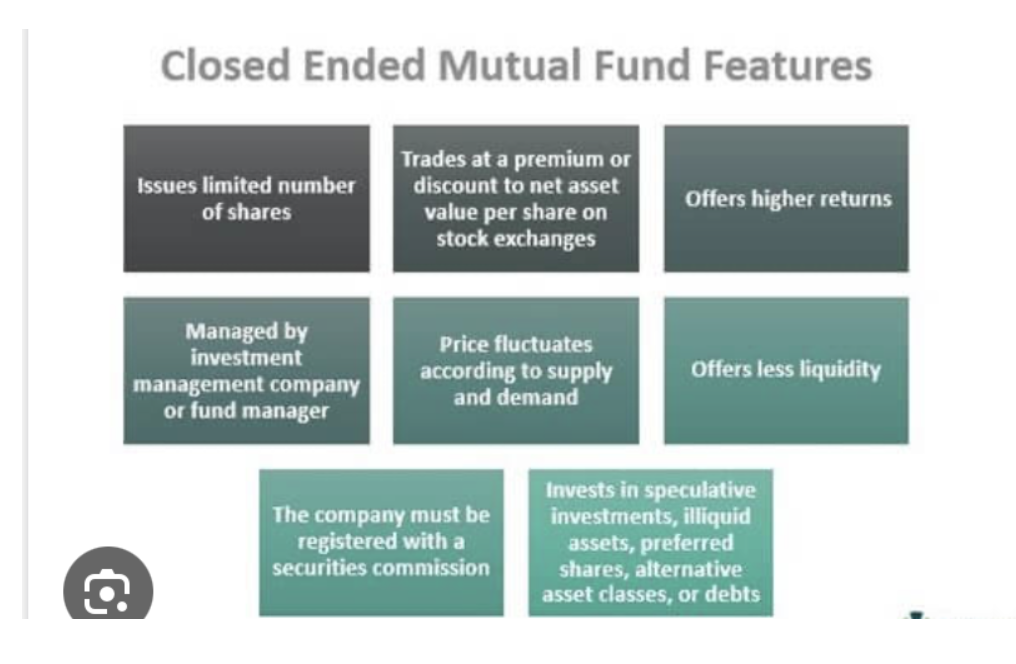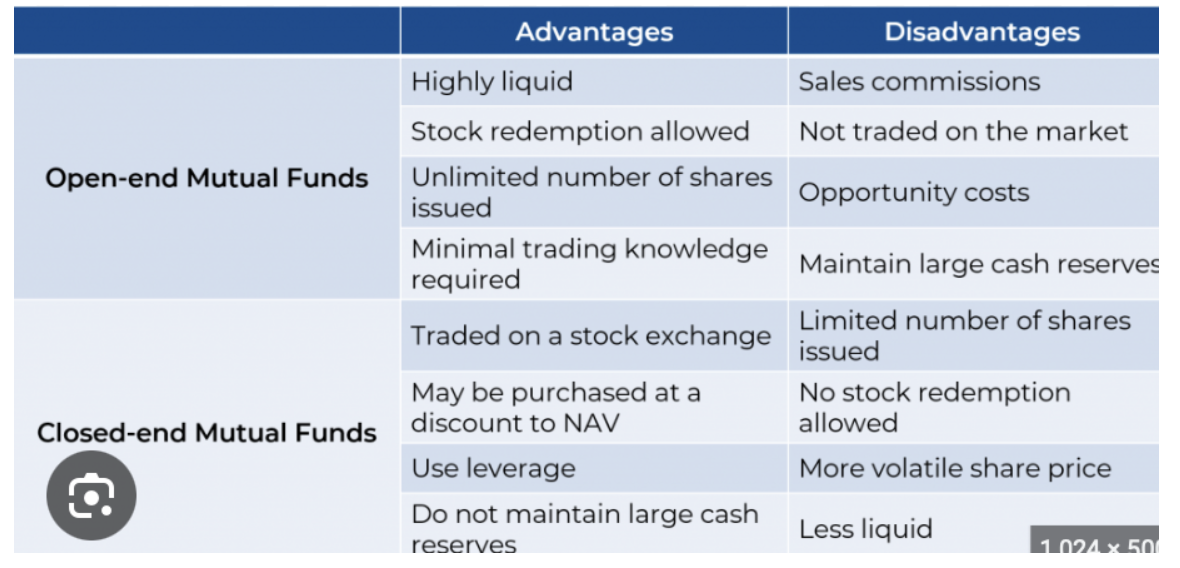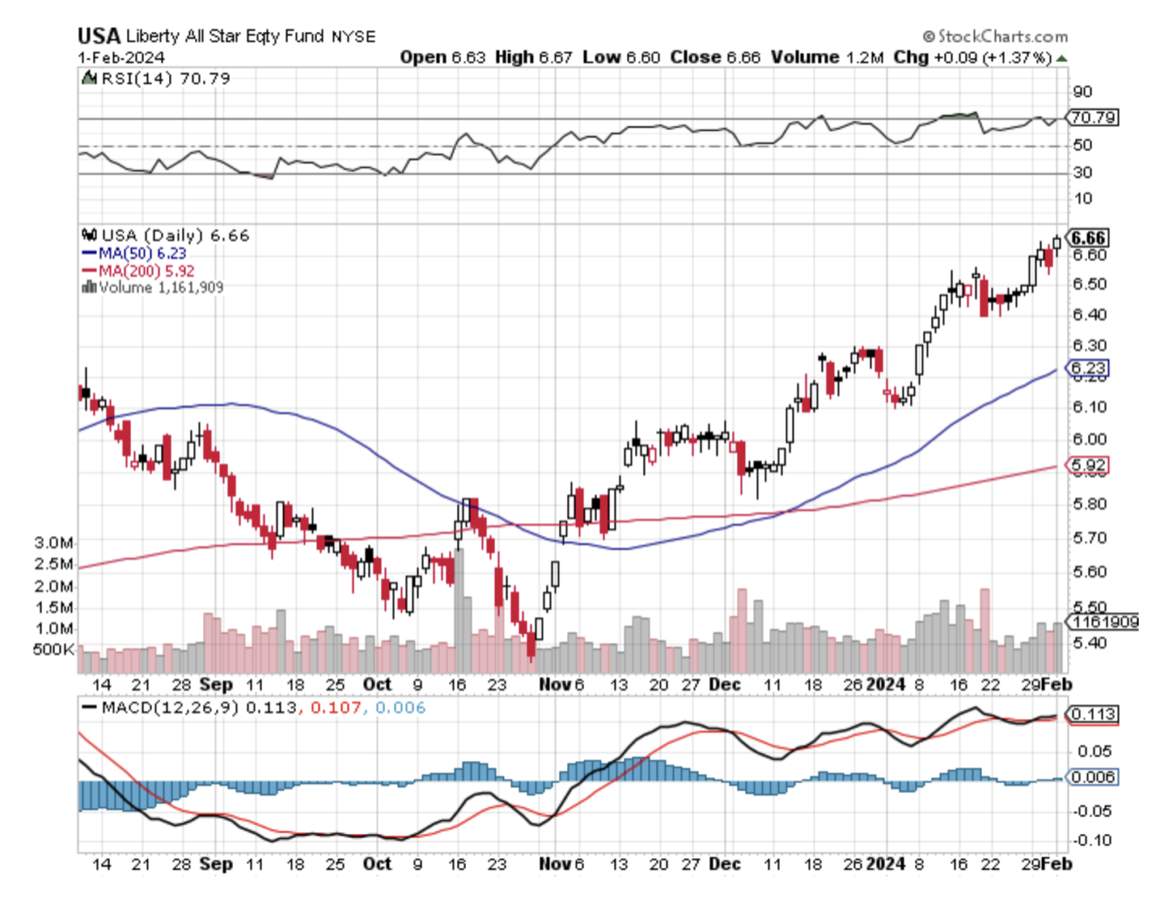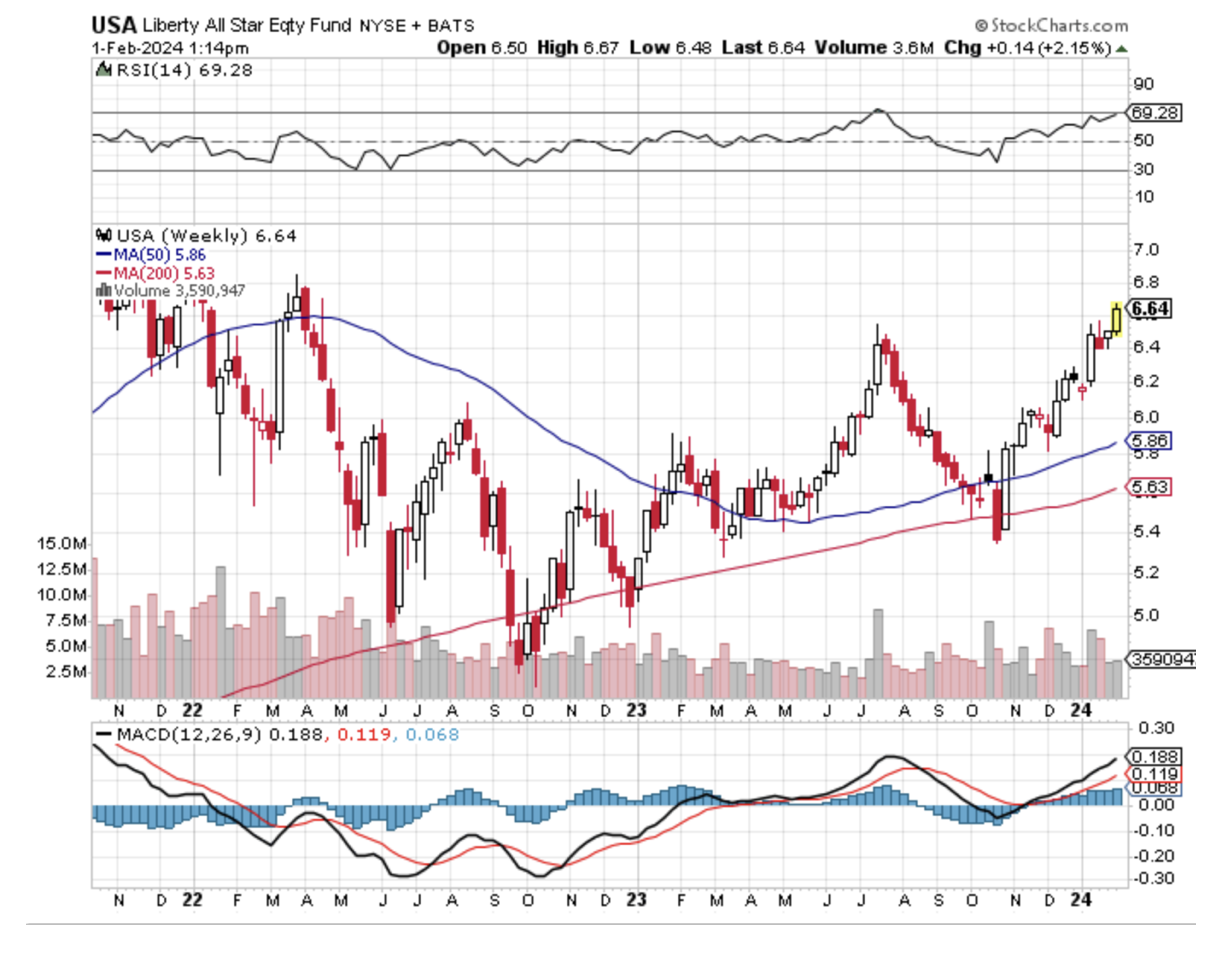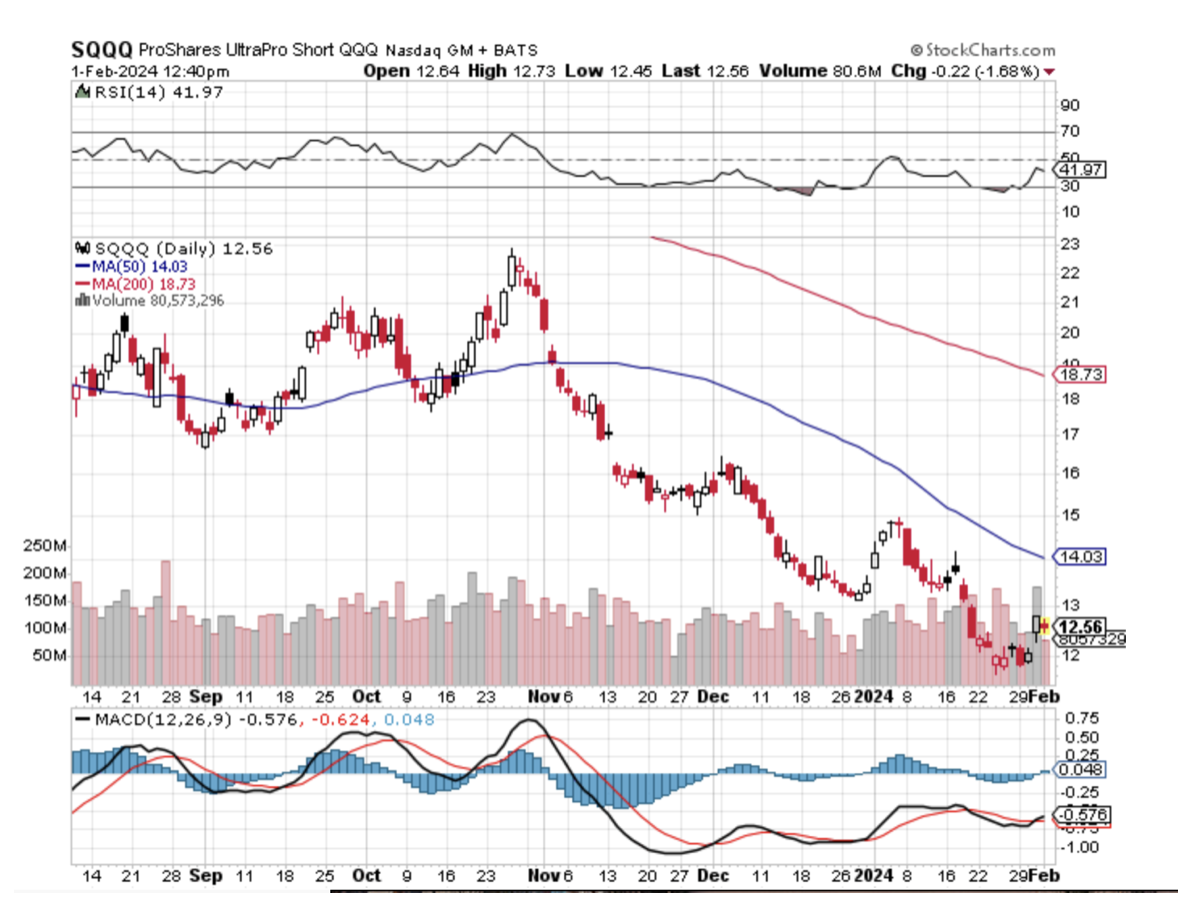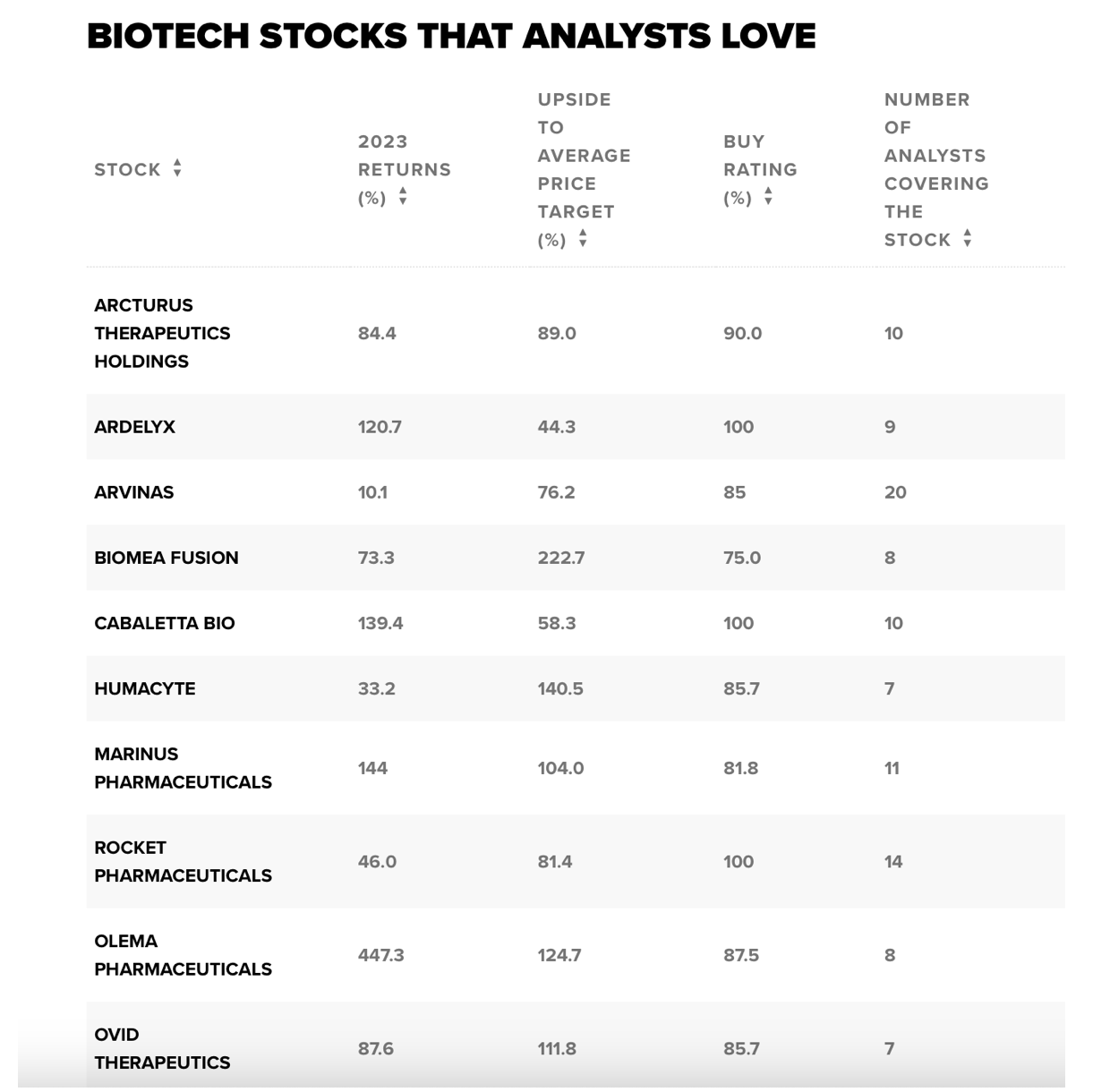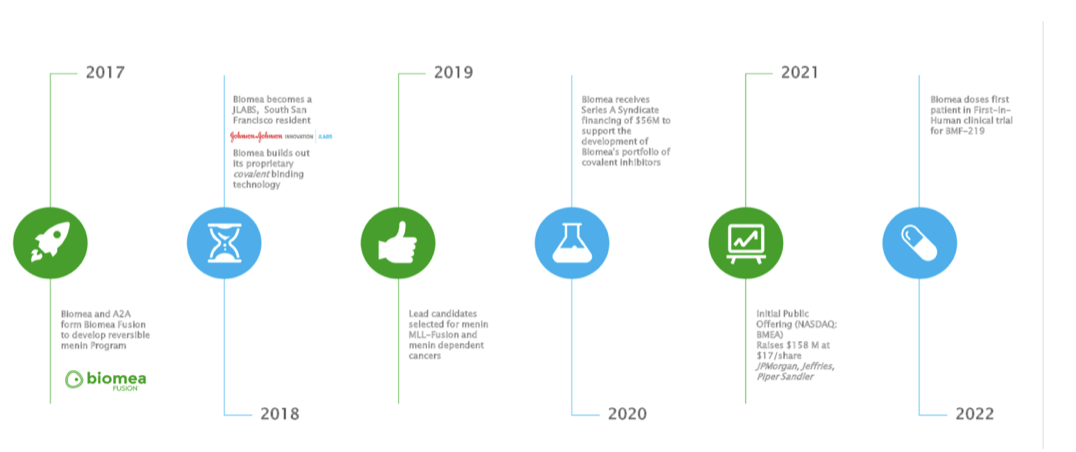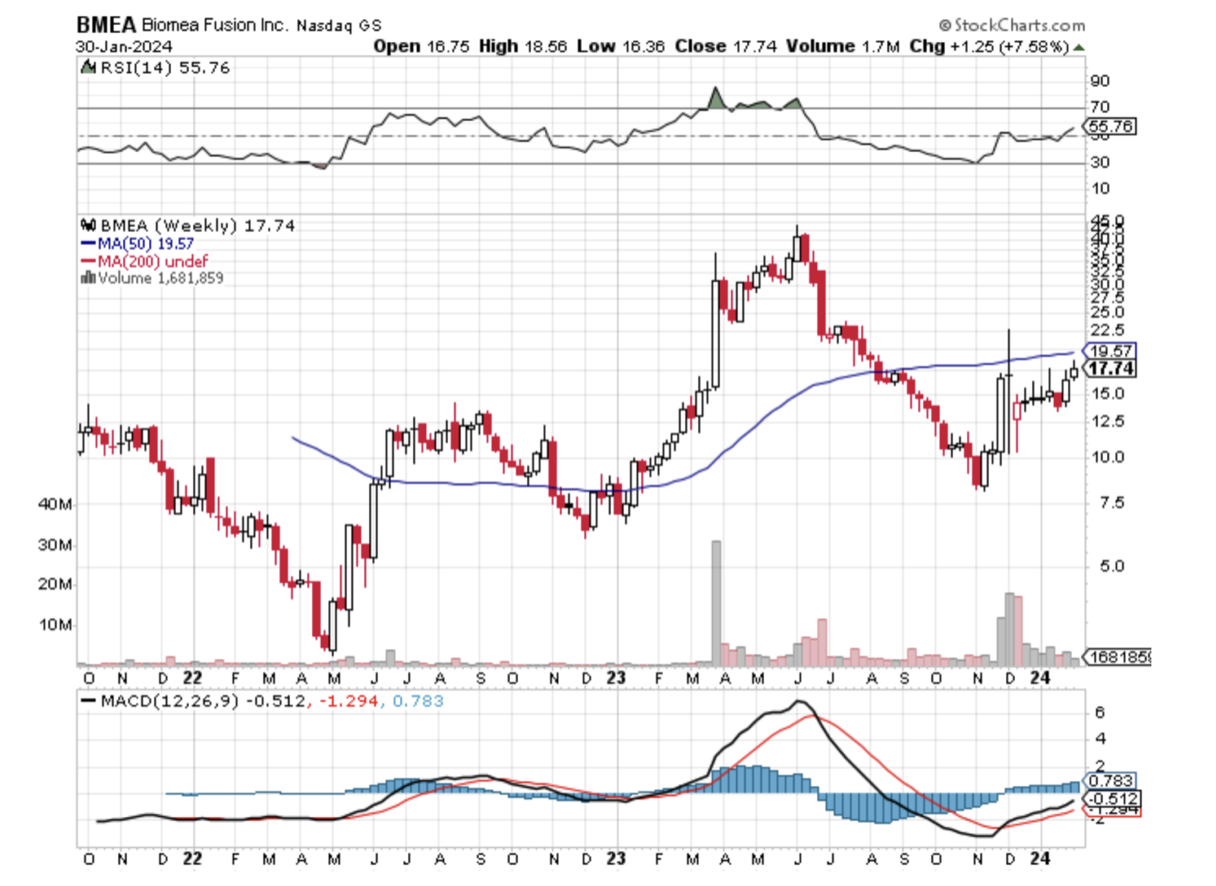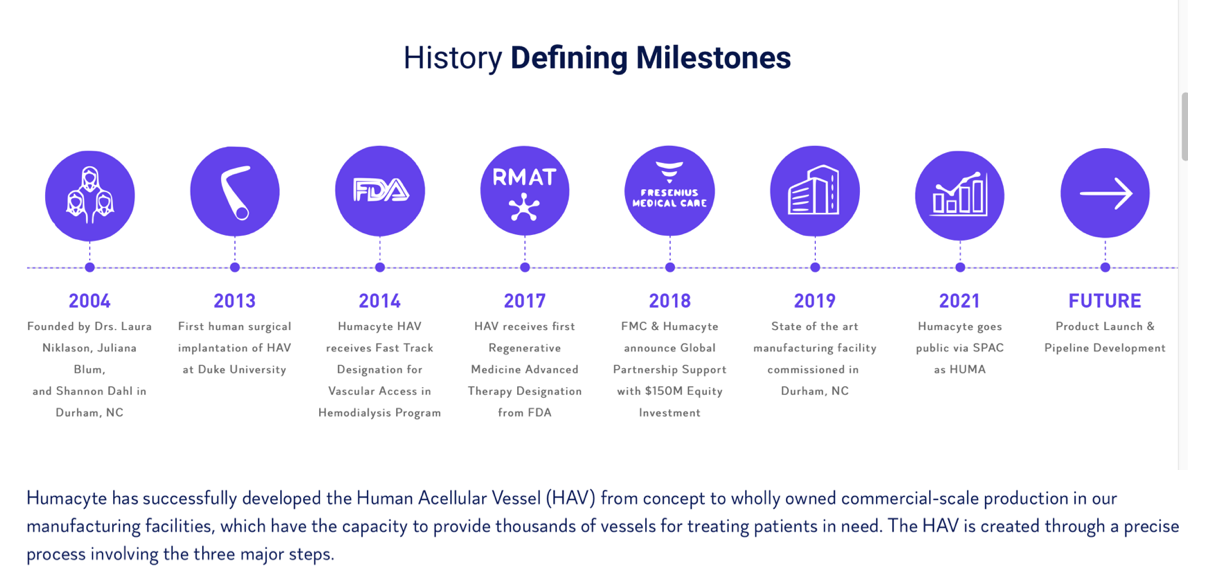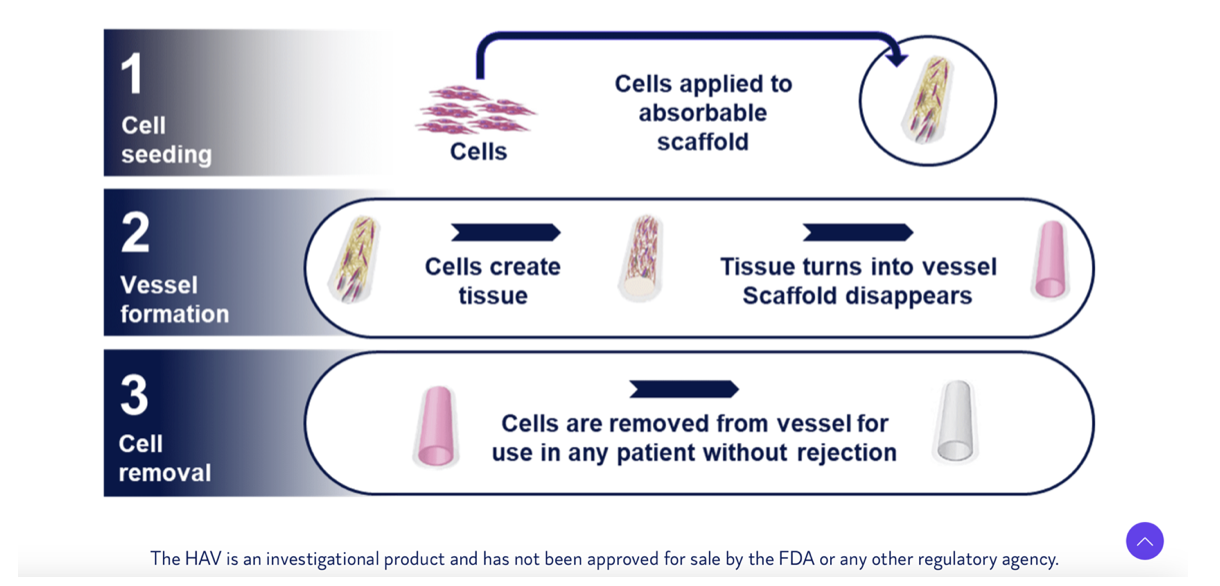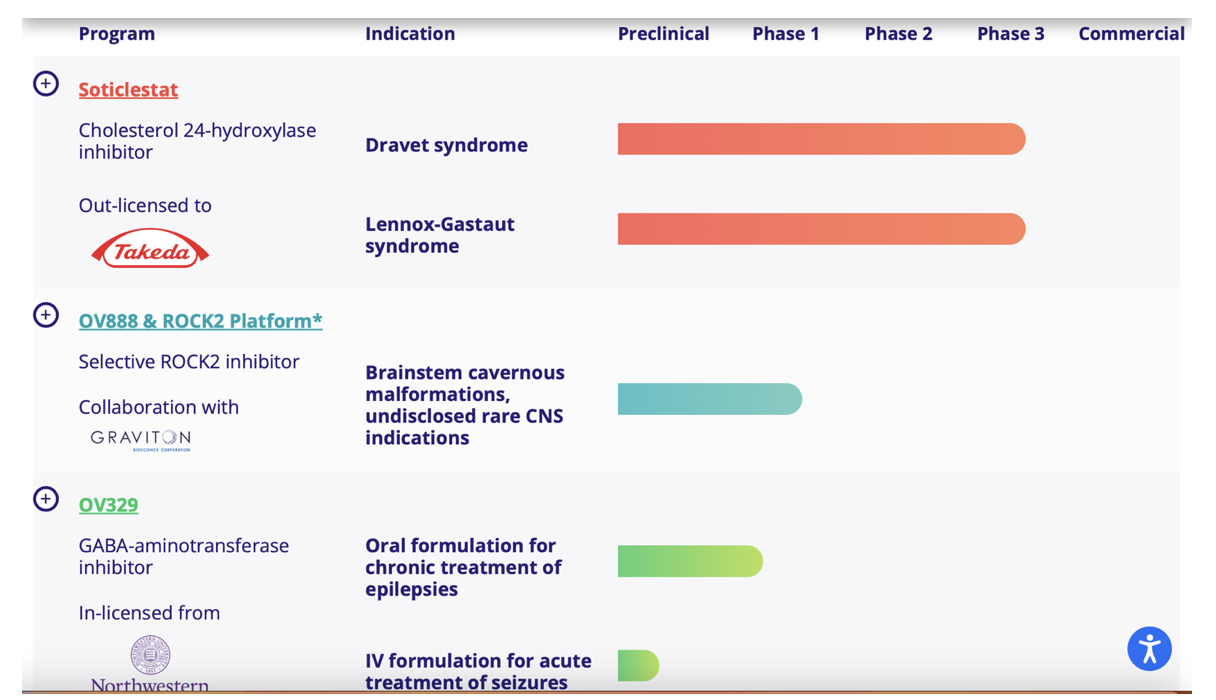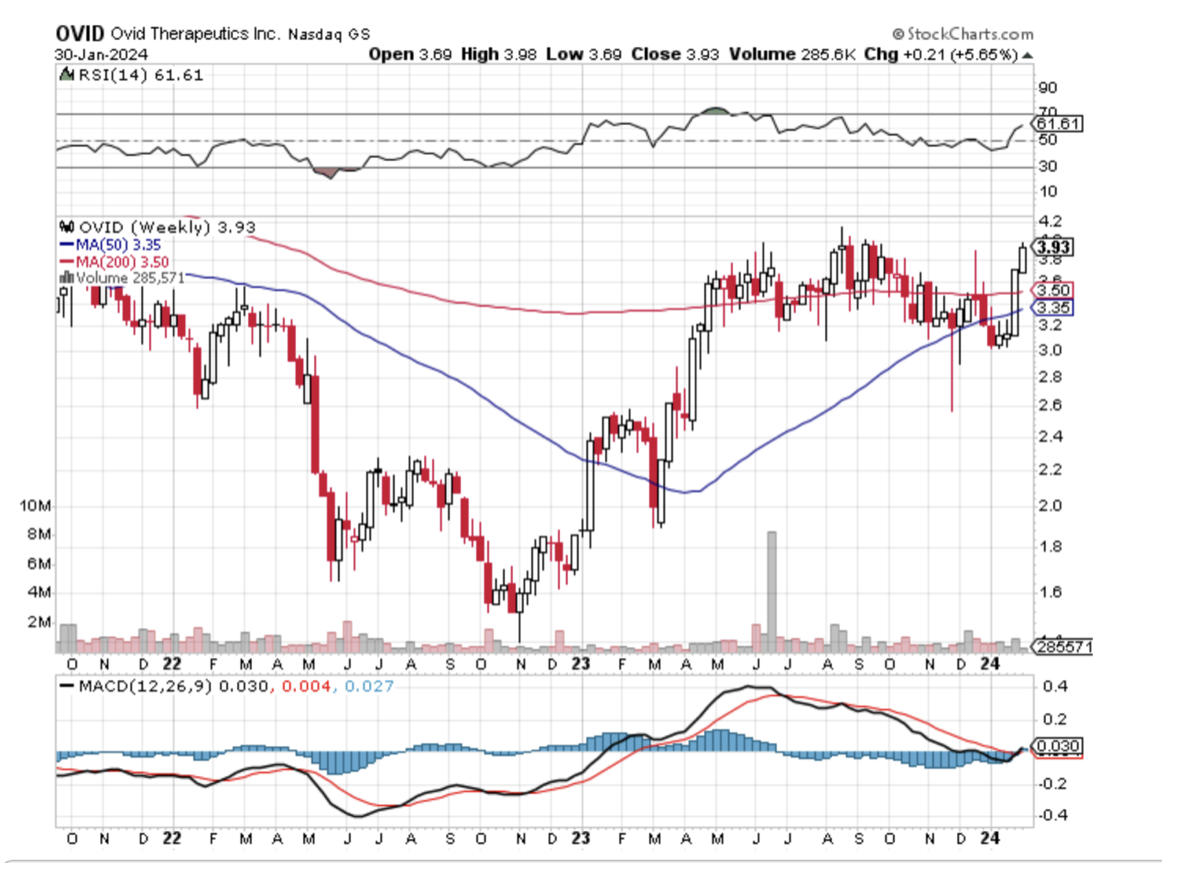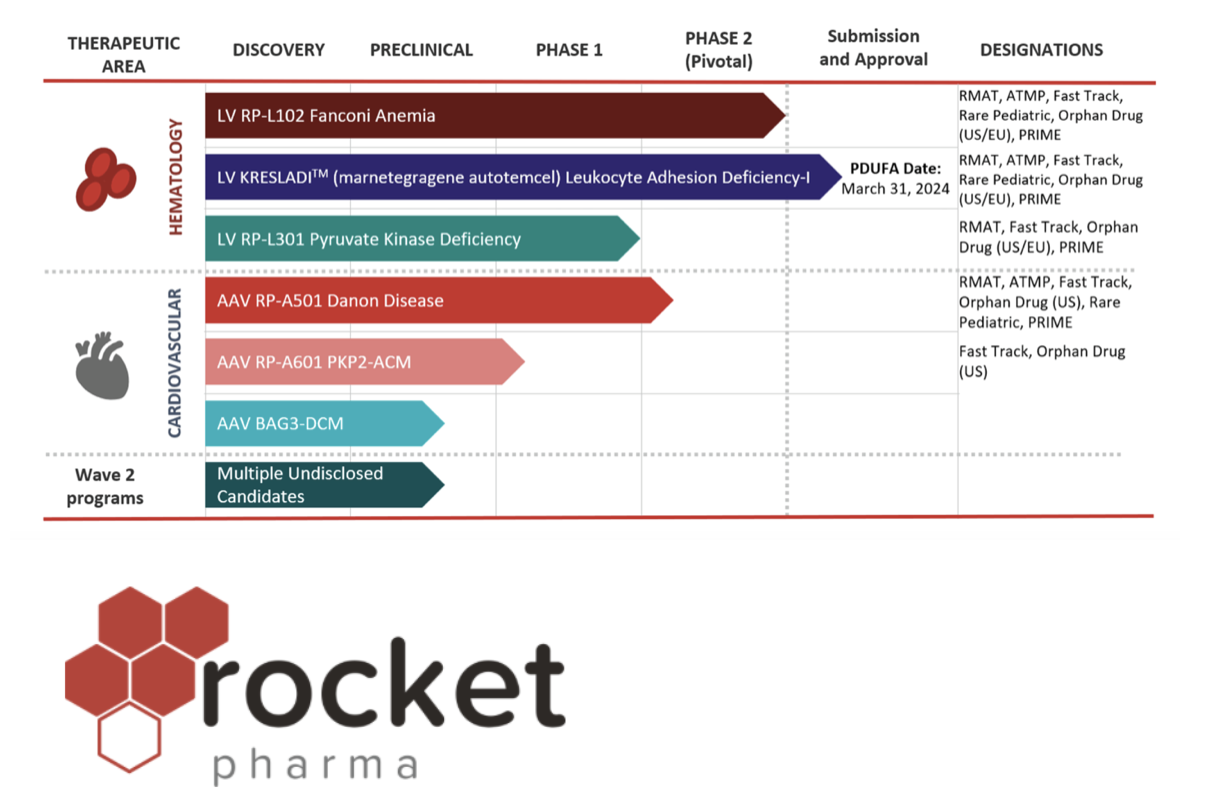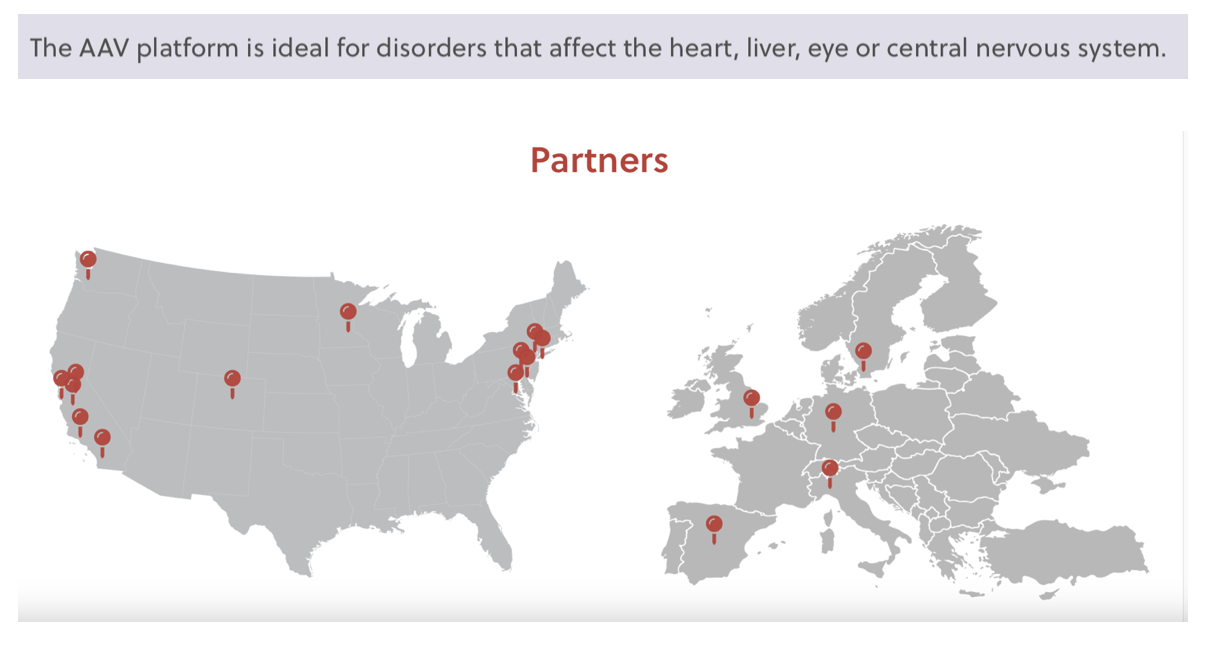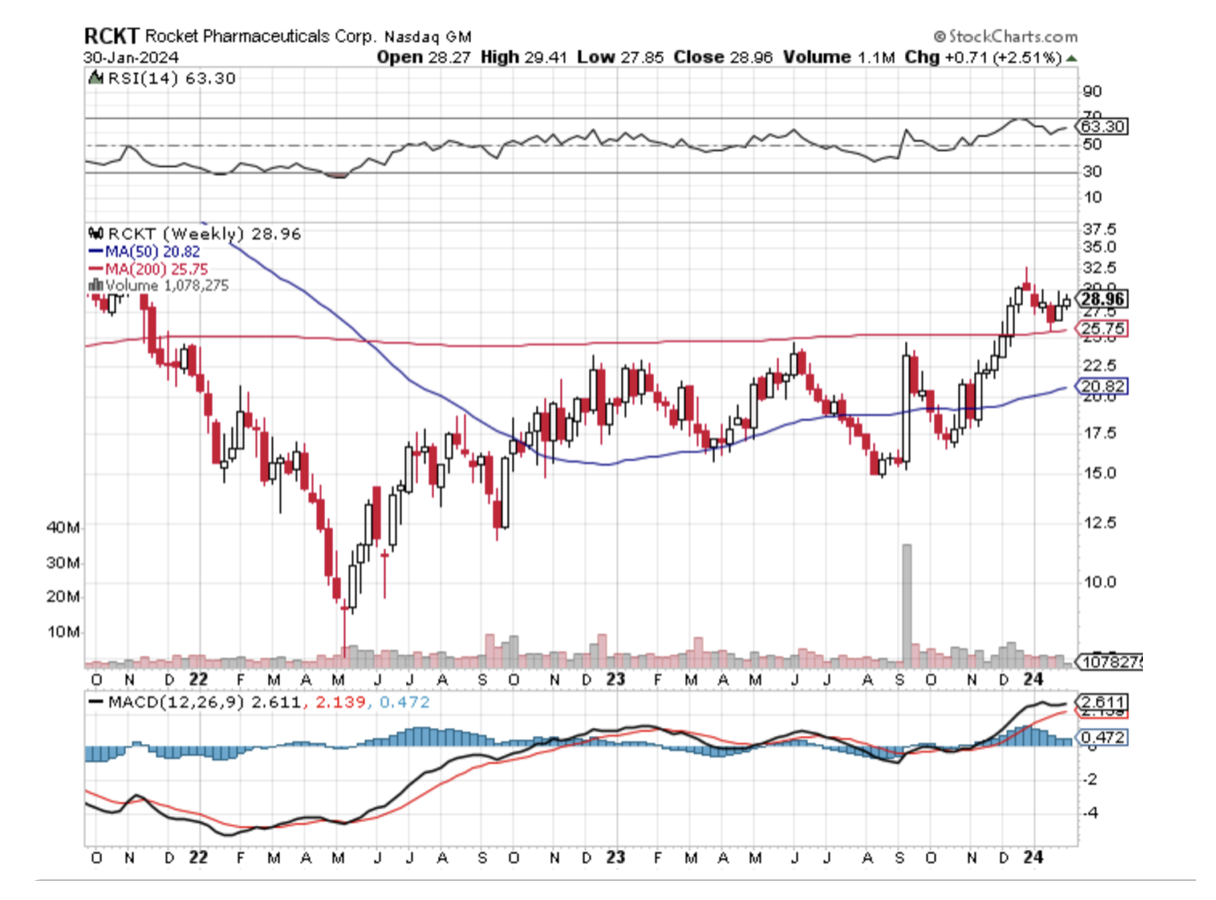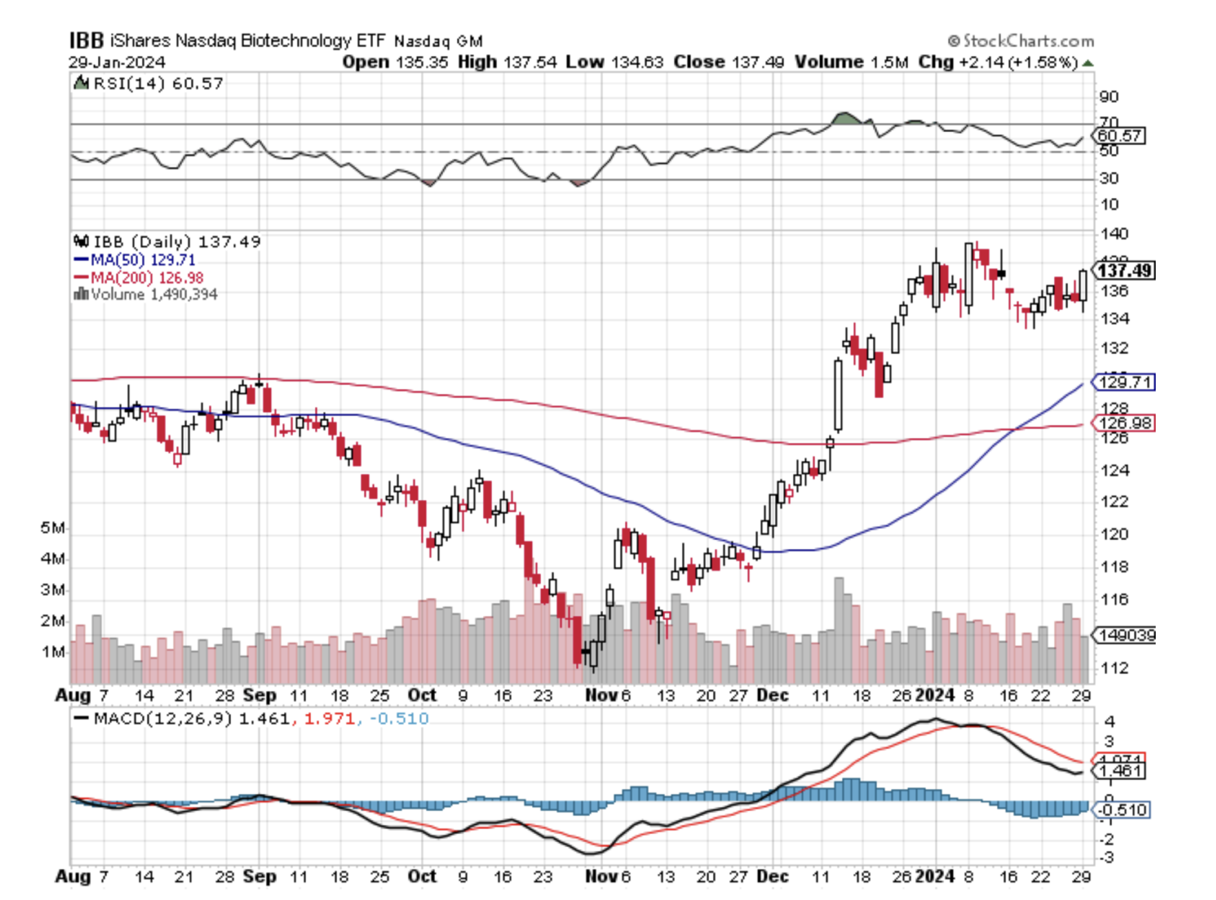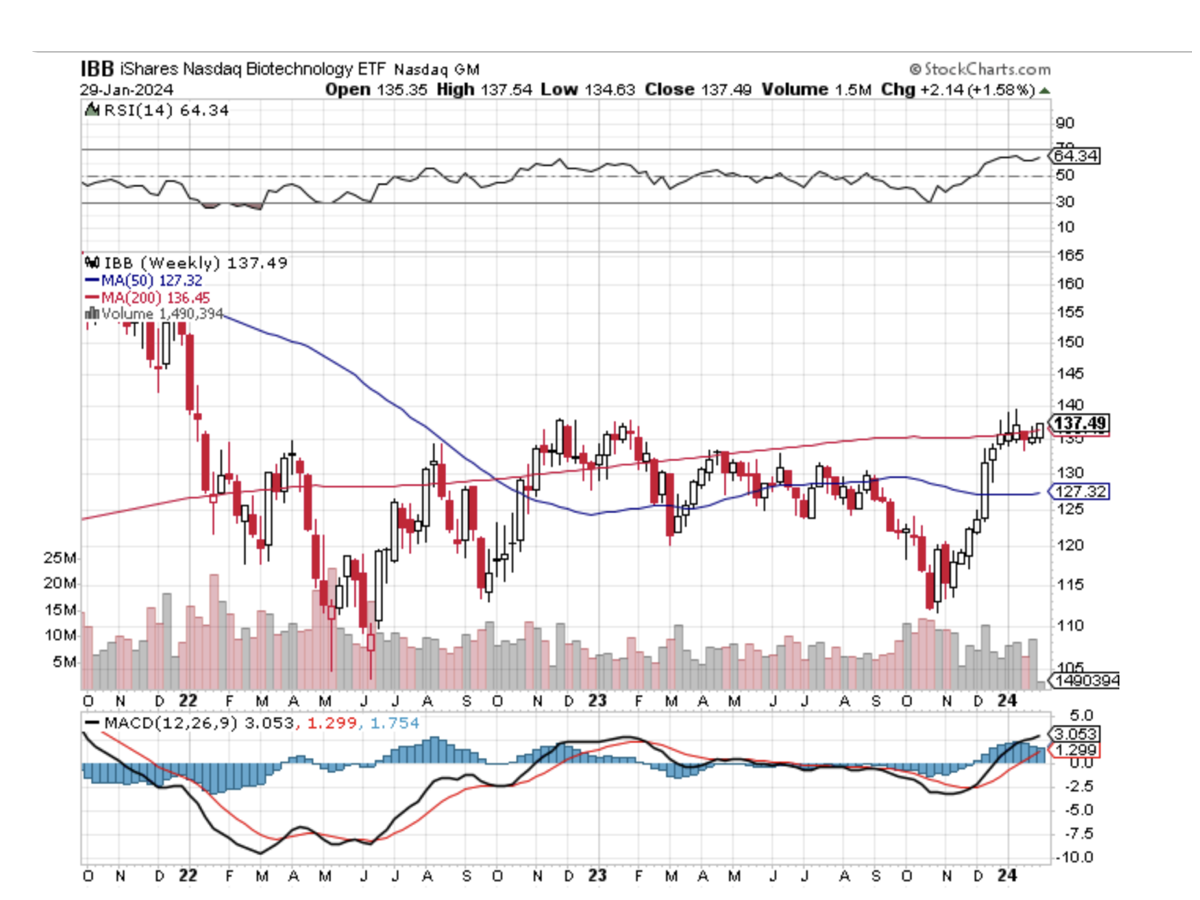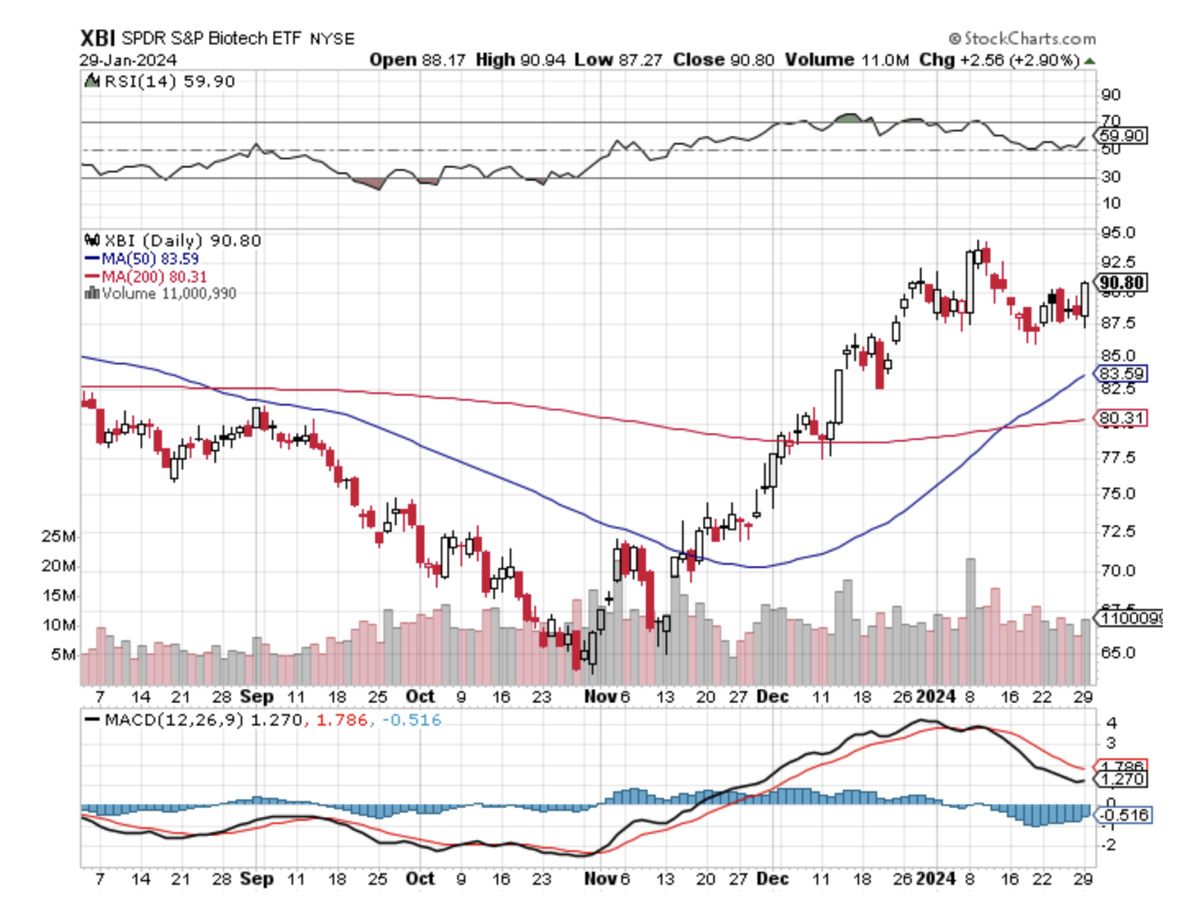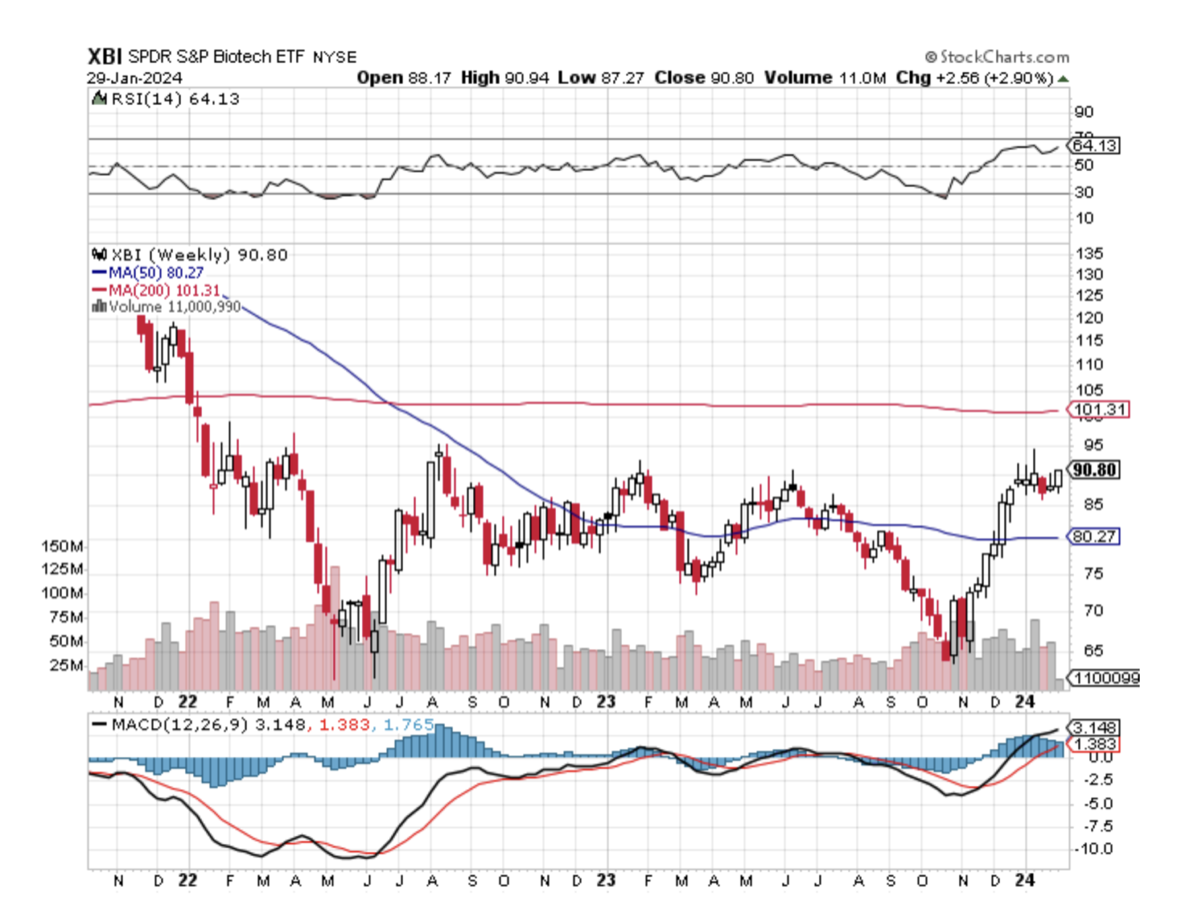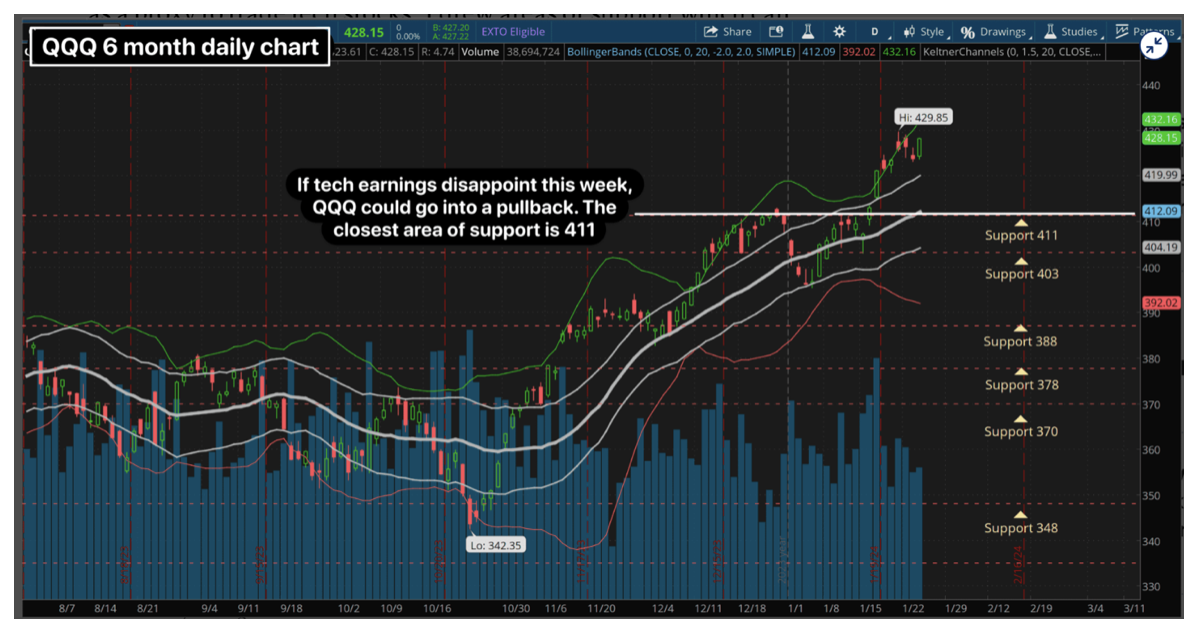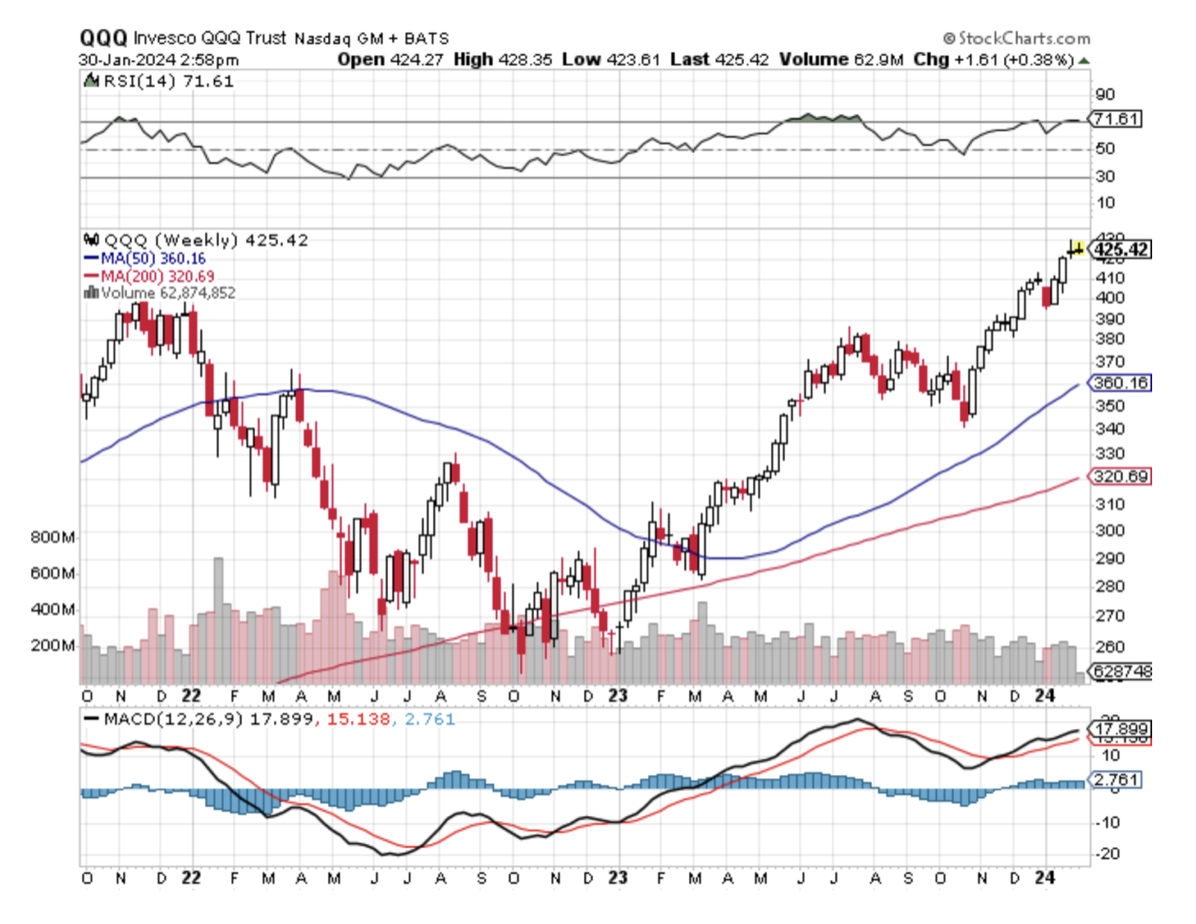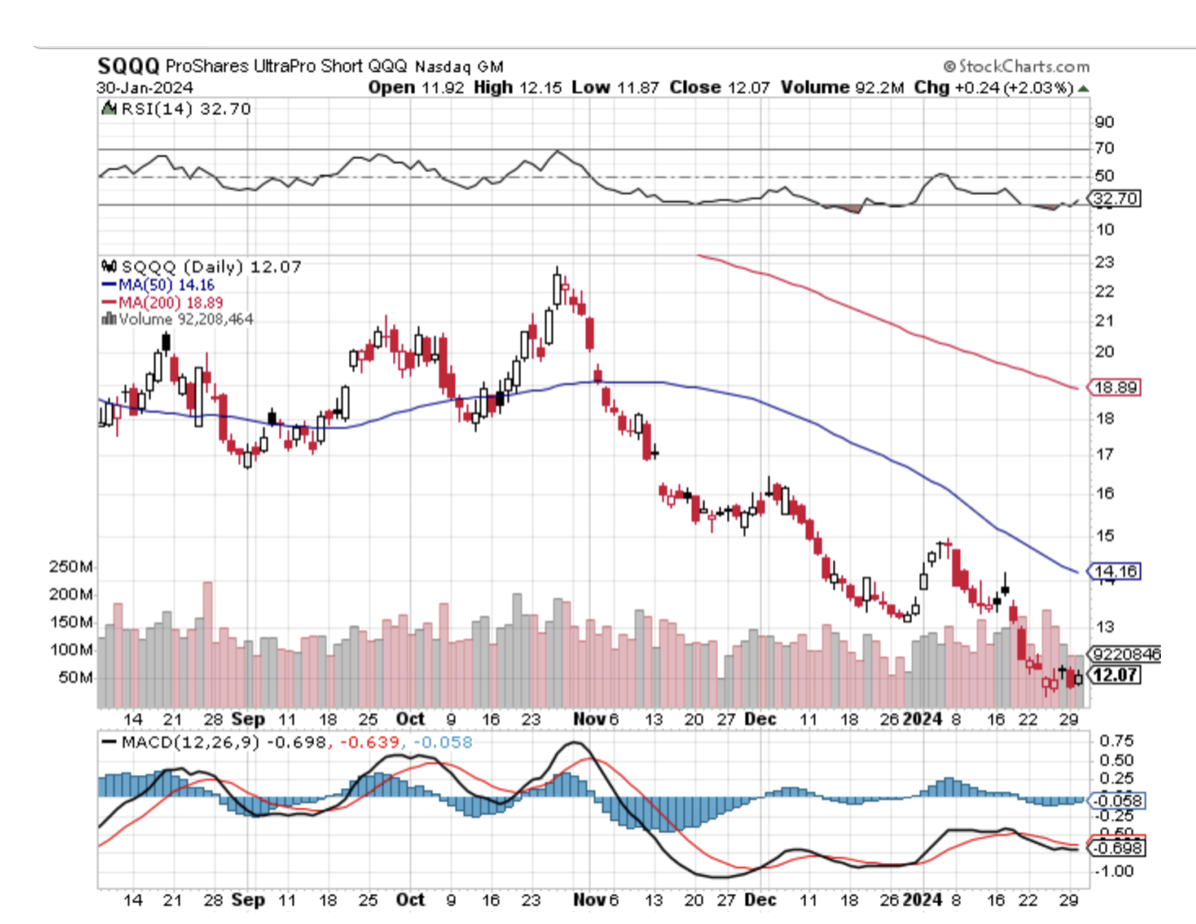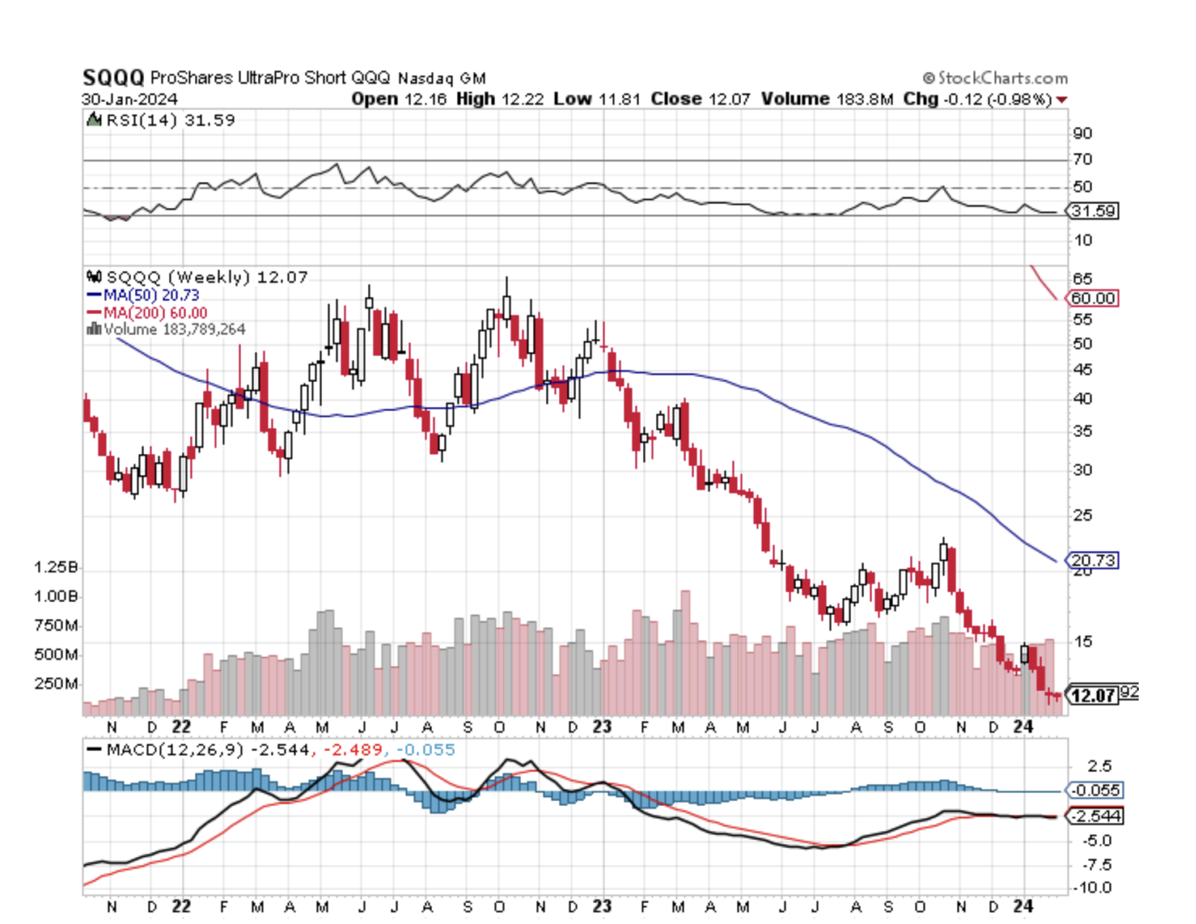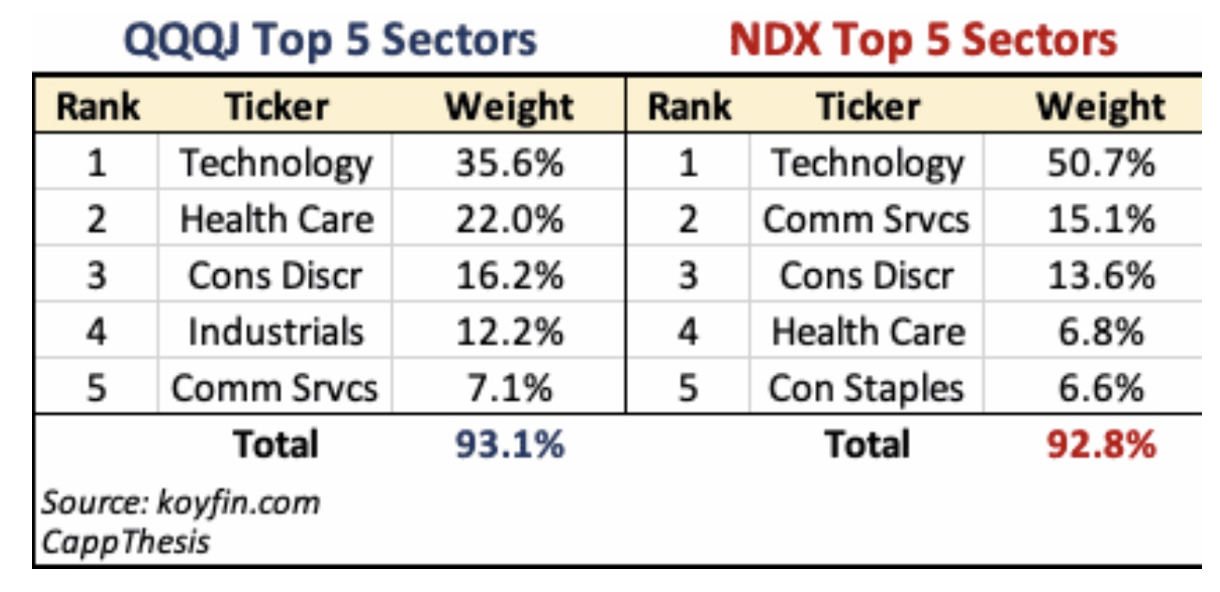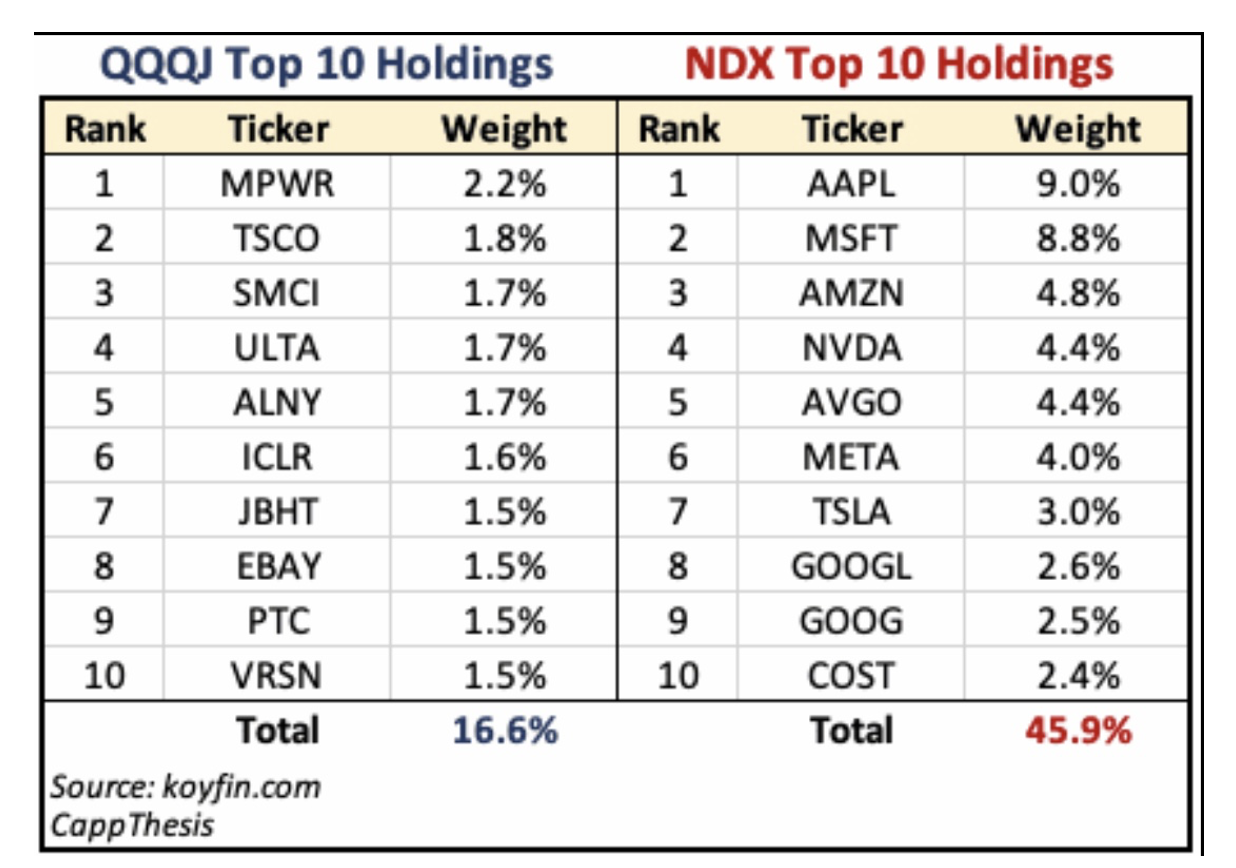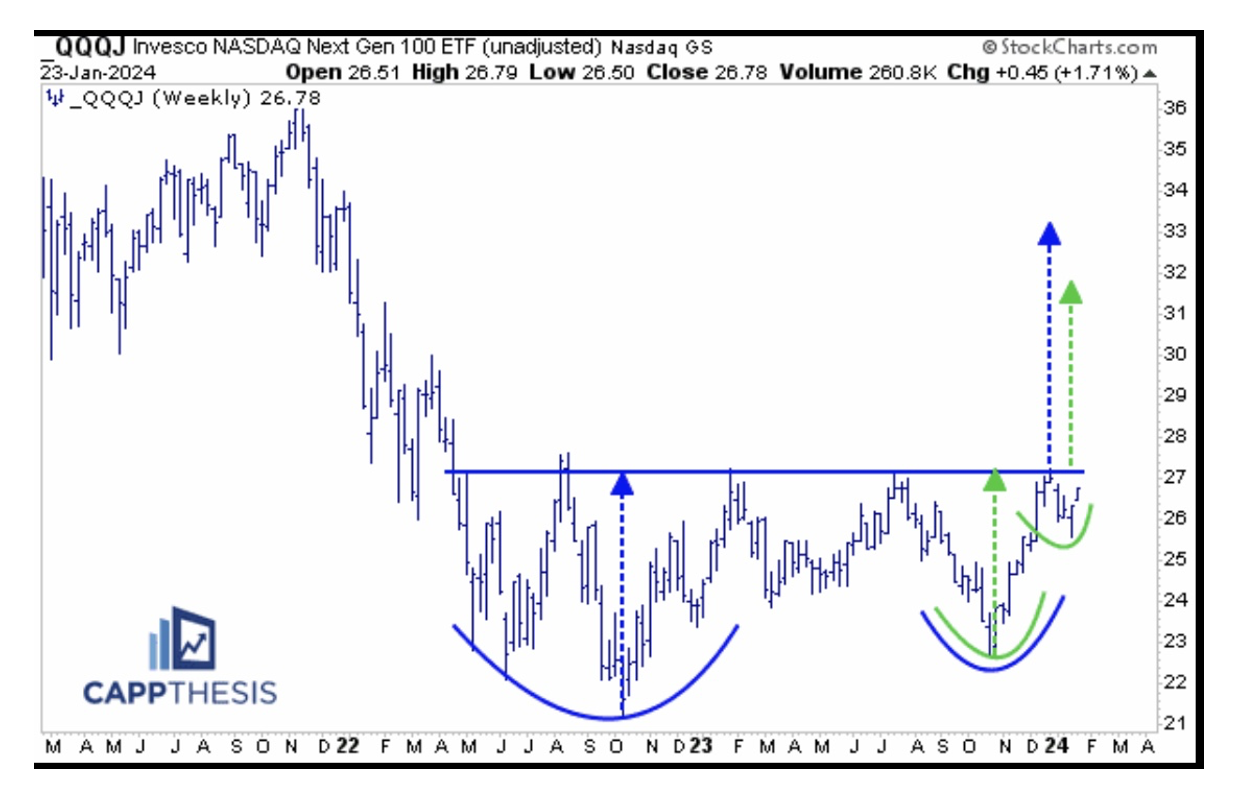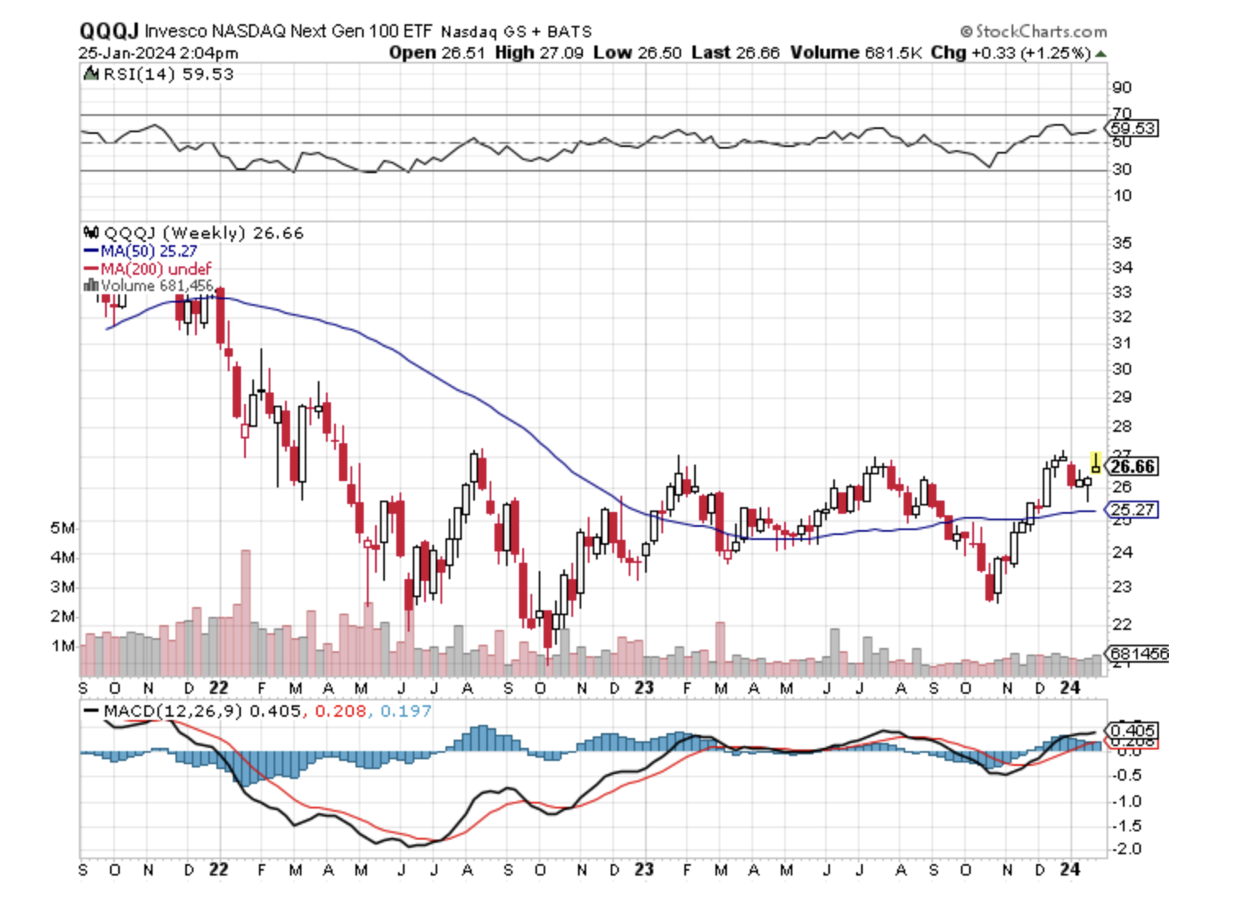
(SUMMARY OF JOHN’S WEBINAR FEBRUARY 7, 2024)
February 9, 2024
Hello everyone,
Title: New All-Time Highs
Performance:
February +2.04%
2024 YTD = -2.24%
51.27% - average annualized return
674.39% since inception
Positions:
(MSFT) 2/$330/$340 call spread
(AMZN) 2/$130/$135 call spread
(V) 2/ $240/$250 call spread
(PANW) 2/$260/$270 call spread
(CCJ) 2/$38/$41 call spread
Total Net Position 50.00%
The Method to My Madness
The one risk to my hyper-bullish scenario is that the economy doesn’t land at all and overheats forcing the FED to RAISE rates.
Focus remains on AI 5 with spectacular earnings announced last week.
All economic data is globally slowing, except for the U.S. with the only good economy in the world.
Saudi Arabia forced to cut oil production goals because of weak China demand.
Domestic plays have gone silent awaiting actual rate cuts.
Buy stocks and bonds but only after substantial dips.
Commodities and industrials are a second half play, we will keep rotating back and forth all year with tech.
The Trader’s Dilemma
The choice is now between 5 stocks that have gone up for 31/2 months, or a dozen interest rate sectors that may be dead money for four months.
Avoid the frustration trade, the one you should have done on October 26, look for the next one.
Wait for the ideal AI entry point, no matter how long it takes.
A big chunk of 2024 performance was pulled forward into 2023 and you made that money.
The sole exception is energy, which is driven by demand from the Chinese economy.
With markets at all-time highs 90-day T-bills are still yielding 5.43%.
The Global Economy – Beginning
Nonfarm Payroll Report comes in hot at 353,000.
The headline unemployment rate held at 3.7%.
The Fed turns dovish, with all members expecting the next move to be a rate cut.
Job openings hit a three-month high, while fewer Americans quit their jobs.
IMF upgrades Global Growth Forecast on the strength of the US by 0.2% to 3.1%
Chinese fiscal stimulus and a strong performance by large emerging market economies all contributed to the slightly brighter picture.
U.S. GDP rocketed by 2.5% in 2023, cementing its position as the strongest major economy in the world. Q4 came in at a hot 3.3%
Stocks – New Highs!
SPY breaks to new high on strong consumer sentiment.
Big tech continues to dominate.
Market will continue to revalue all AI plays.
Biden to Announce Massive Chip Subsidies, to head off a coming shortage driven by AI.
Bull move could continue into February as investors are under-invested, or even short.
Regional Banks get another Scare, as New York Community Bank drops by half.
Domestic plays have gone back to sleep on rising rates.
The flip-flop continues between tech and domestics.
Bonds – Back to Life
U.S. Treasury borrowing to hit $760 billion in Q1, some $55 billion less than expected.
Q2 then drops to only $202 billion.
Bonds rallied on the good news.
U.S. Budget funded only until March 8.
Bonds could be the Big Trade of 2024.
Markets are discounting three cuts starting in May 2024 more likely.
Junk bond ETFs (JNK) and (HYG) are holding up extremely well with a 6.50% yield and 18-month high.
John is looking for an $18 - $28 point gain in 2024 with interest.
Buy (TLT) on the dip.
Foreign Currencies – US$ back in charge
Foreign currencies give up 2024 gains because of the return of higher U.S. interest rates.
A dollar rally could last a couple of months, so a new currency entry point is approaching.
However, eventual falling interest rates guarantee a falling dollar for 2024.
Bank of Japan eases grip on bond yields, ending its unlimited buying operation to keep interest rates down.
China markets dive, on news that the central bank was forced into the currency markets to support the yuan.
(FXA) to rally on coming bull markets in commodities.
Buy (FXY) on dips.
Energy & Commodities – Saudi Arabia Cuts
Saudi Arabia cuts oil production target – cratering prices and destroying the entire energy sector.
Lack of demand, especially from China, is the reason.
New U.S. output is fuel on the fire.
Production will be throttled back a million barrels to 12 million barrels a day as a long-term goal.
Freeport McMoran kills it, with an earnings upside blowout, taking the stock up 5%.
Political problems in Chile and Peru are an issue, which generates 40% of the world’s copper.
Electrification of the U.S. economy will continue to be a driving theme.
China in free fall is destroying the oil market, the world’s largest energy consumer. There is a “BUY” setting up here in energy when the global economy reaccelerates on a lower interest rates world. Watch (XOM) and (OXY).
Precious Metals – Begging for a Breakout
Gold trending sideways awaiting decisive breakdown in interest rates.
Gold needs a return of falling interest rates to resume rally.
Miners are lagging gold performance but will play catch up.
Investors are picking up gold as a hedge for 2024 volatility.
Gold headed for $3000 by 2025 but backing off first from new all-time highs.
Silver is the better play with a higher beta.
Russia and China are also stockpiling gold to sidestep international sanctions.
Real Estate – Gearing up for Spring.
S&P Case Shiller Falls in November for the first time in nine months.
This was back when mortgage rates were peaking at 8.0%.
New Home Sales recover on a falling interest rate push, up 8.0% to 664,000.
Sales increased 4.4% on a year-on-year basis in December.
DR Horton misses in a rare sign of weakness in the new home building industry taking the shares down 10%. This industry has a gale force demographic tailwind.
Tight supply and still-strong demand have kept pressure on home prices.
Do you live in Buffalo, New York? If so, you have the good fortune to occupy the hottest housing market in 2023.
Trade Sheet
Stocks – buy dips.
Bonds – buy dips.
Commodities – buy dips.
Currencies – sell dollar rallies, buy currencies.
Precious metals – buy dips.
Energy – buy dips.
Volatility – buy $12.
Real Estate – buy dips.
Cheers,
Jacquie


